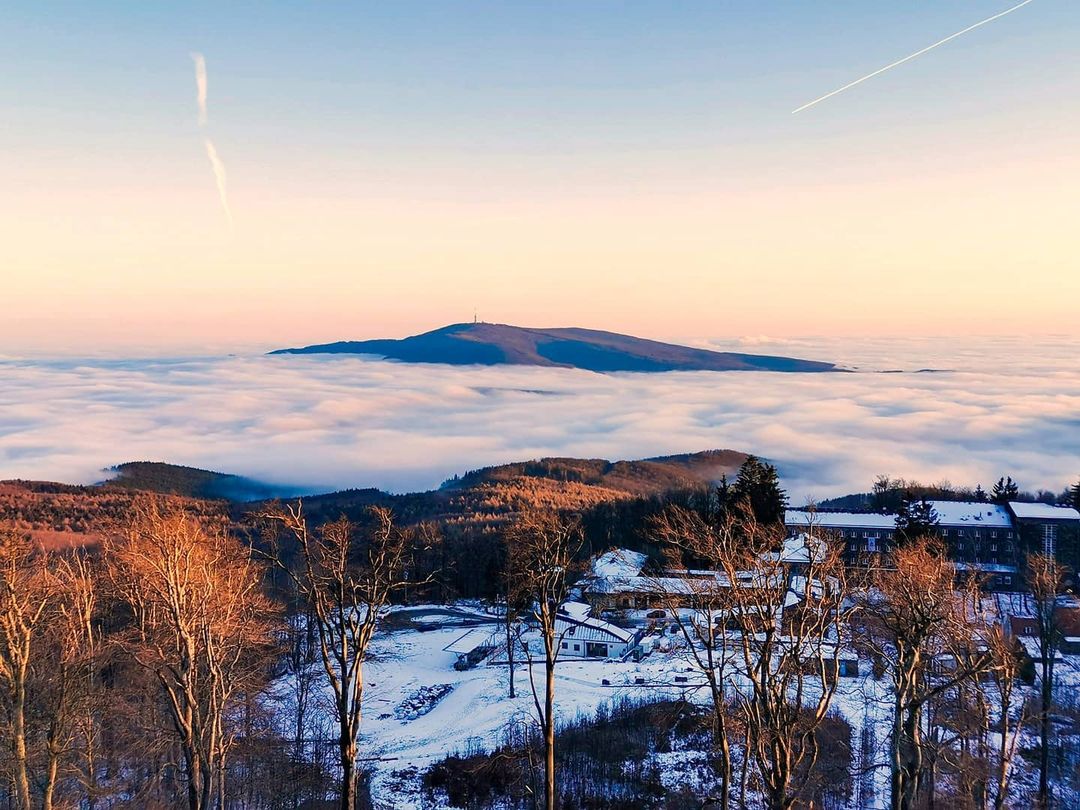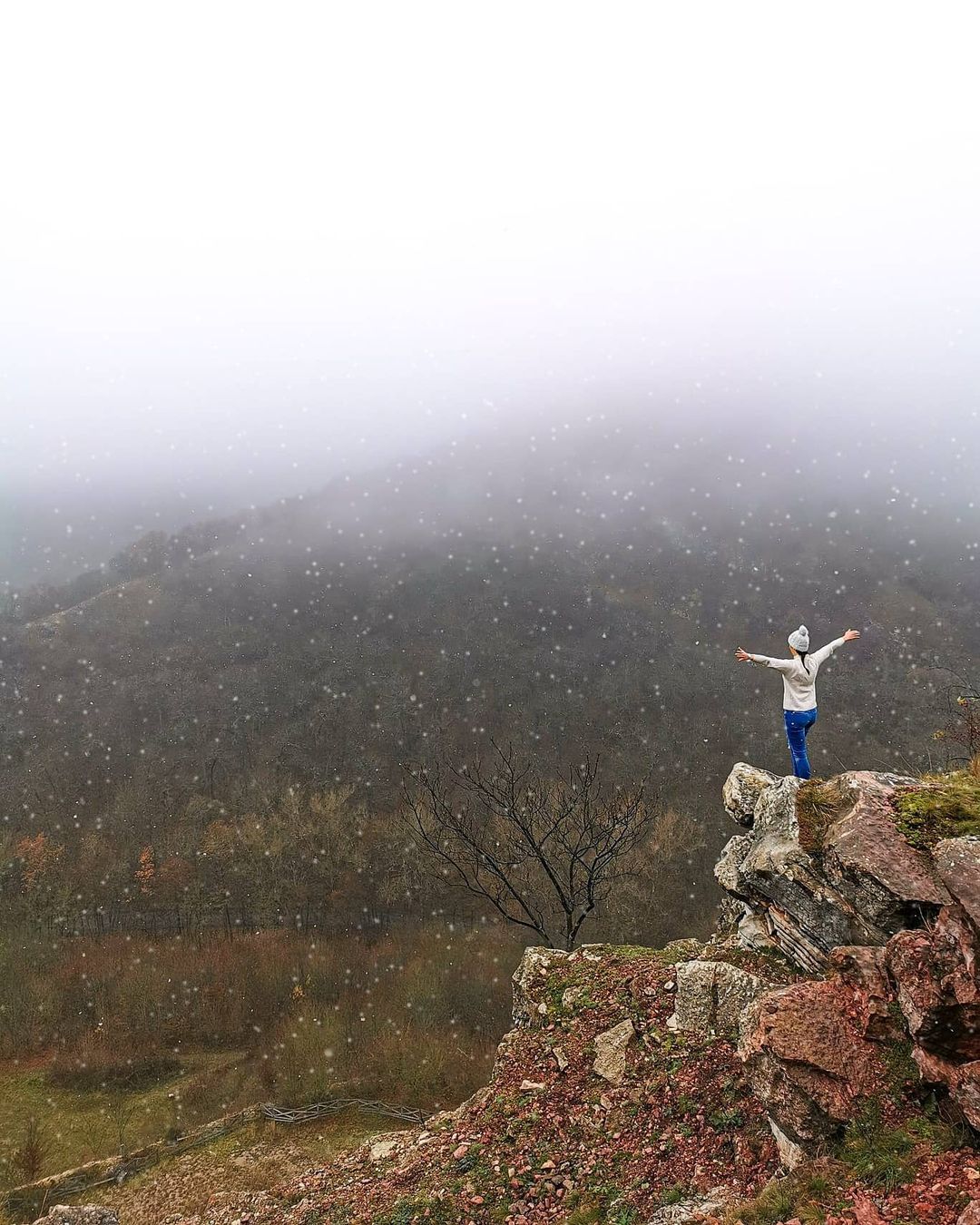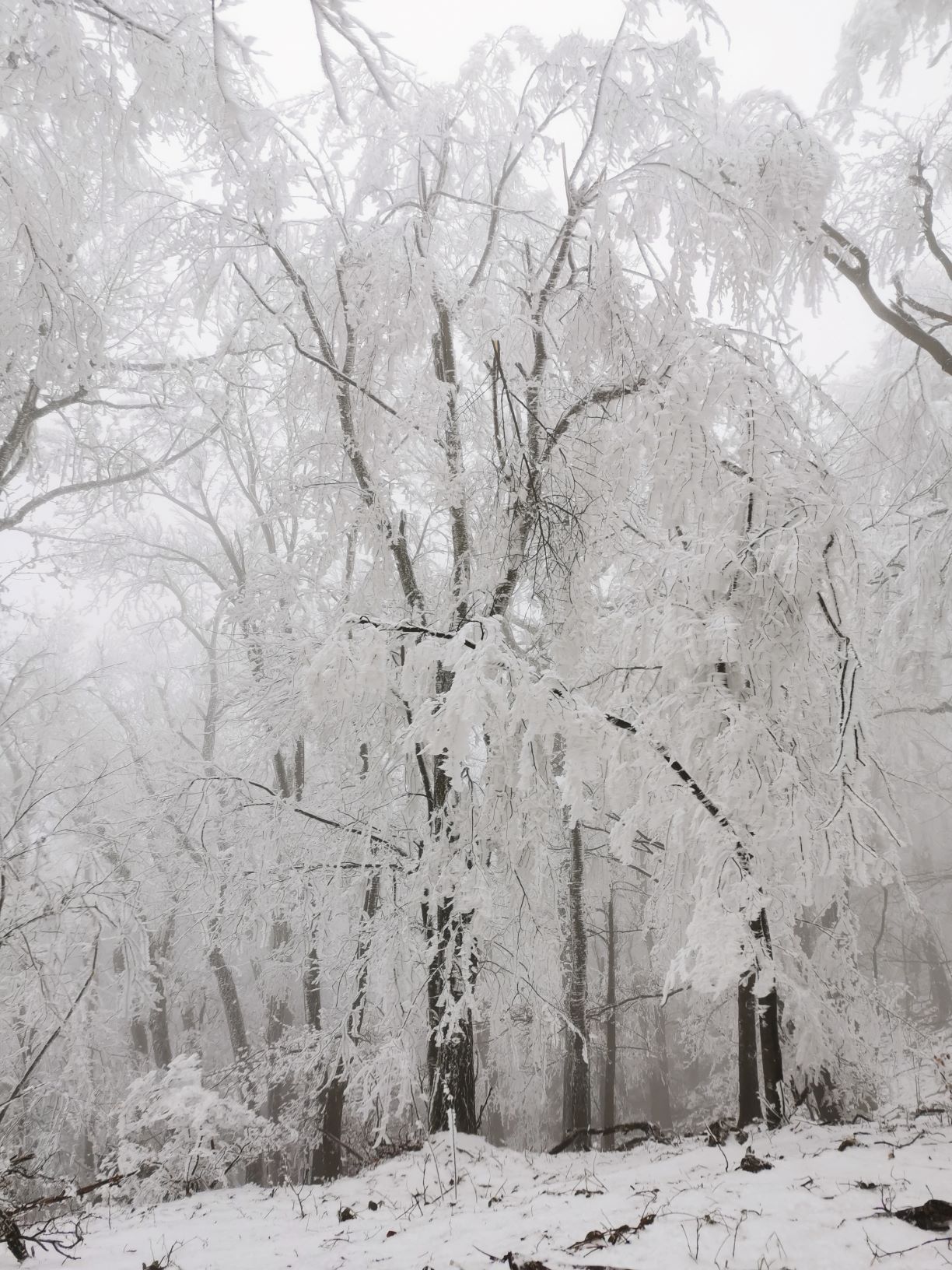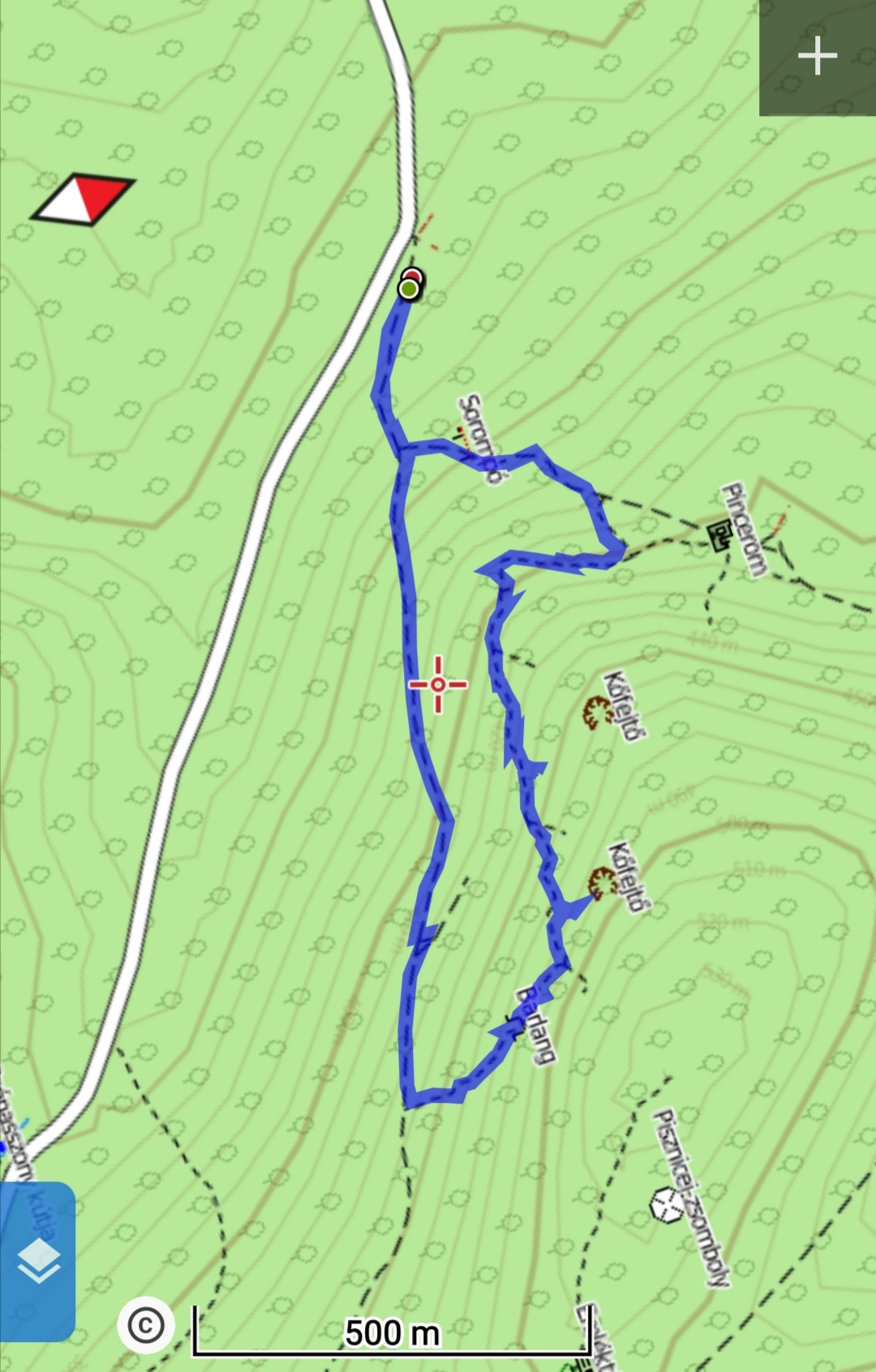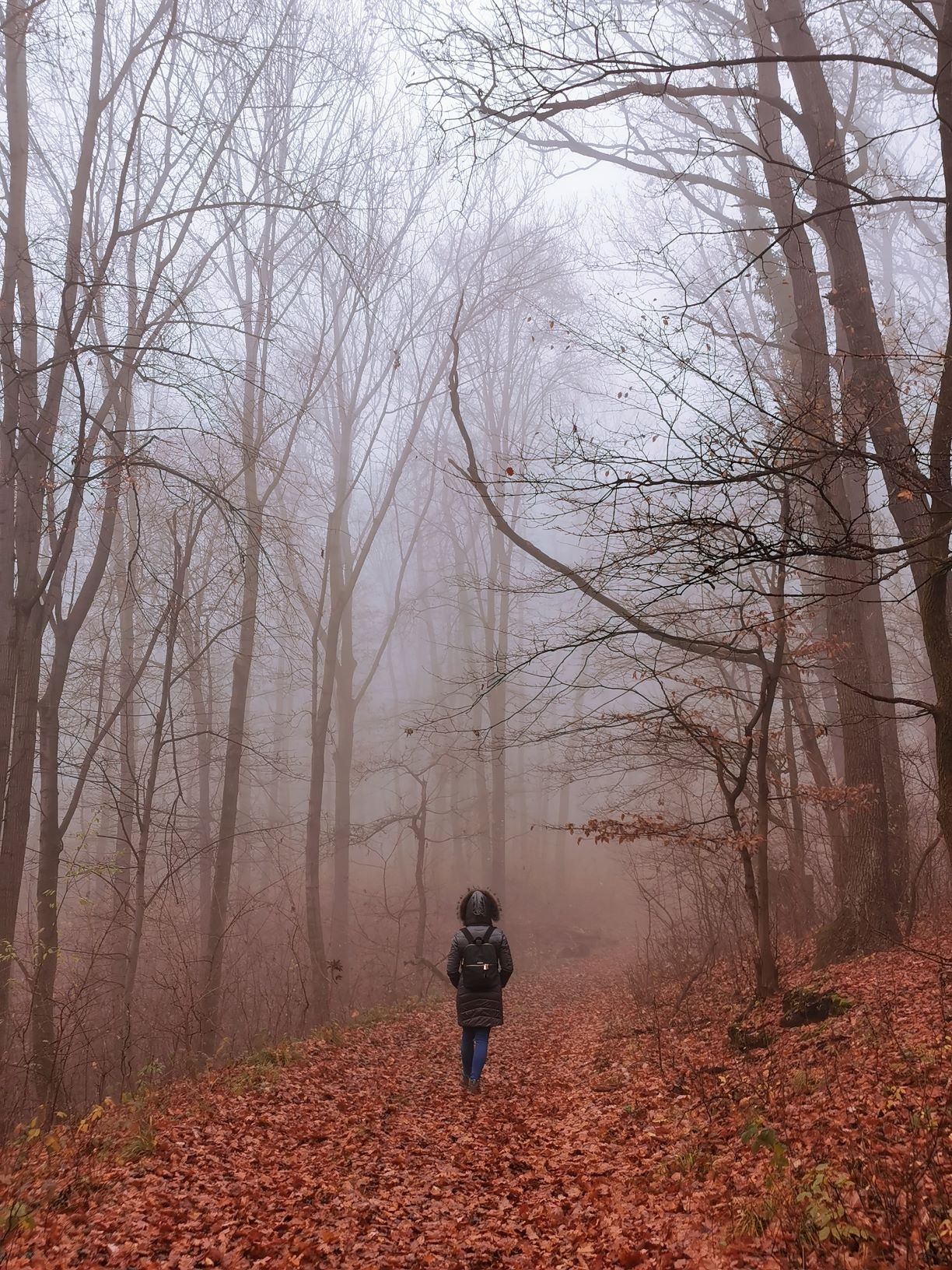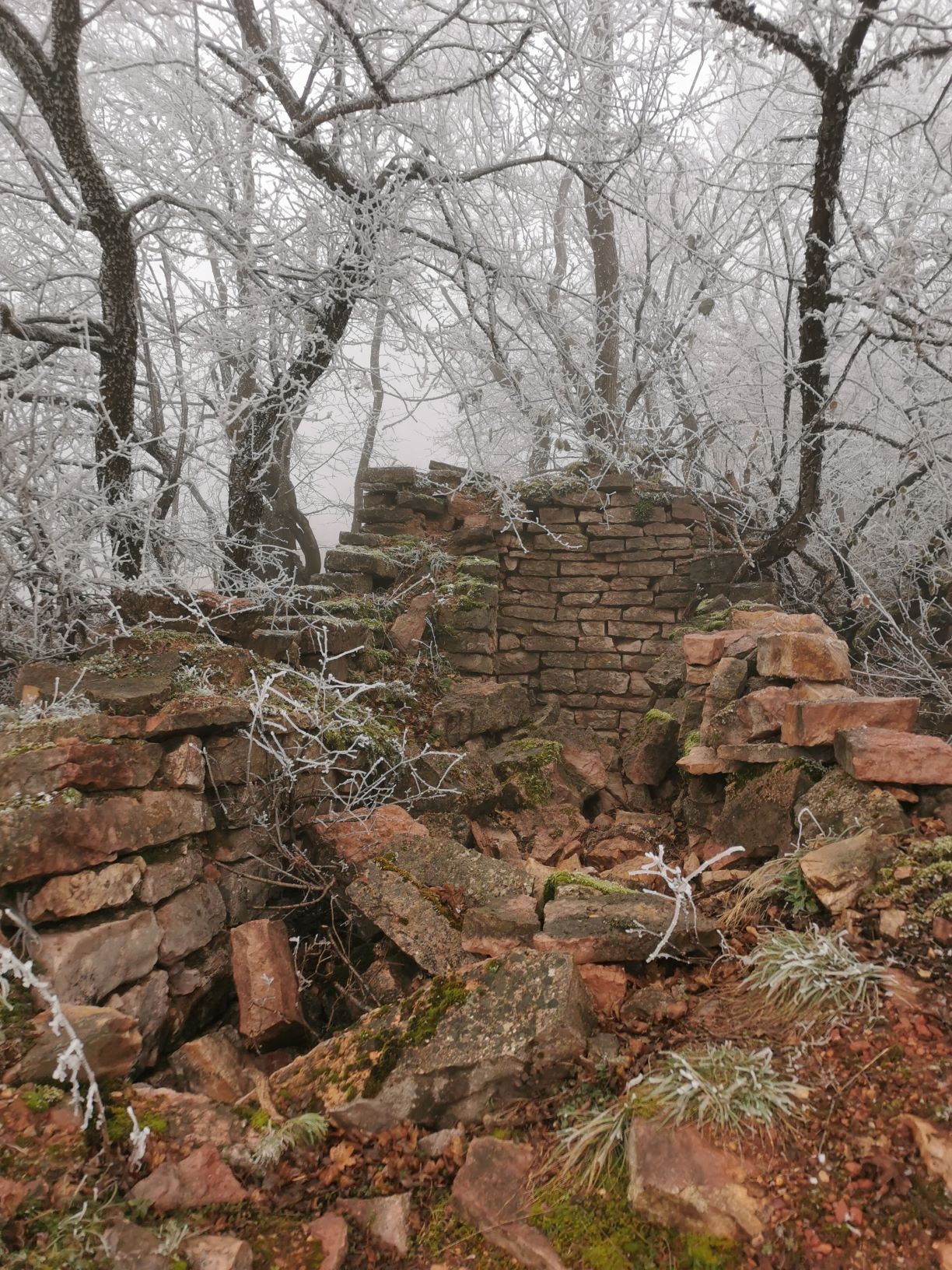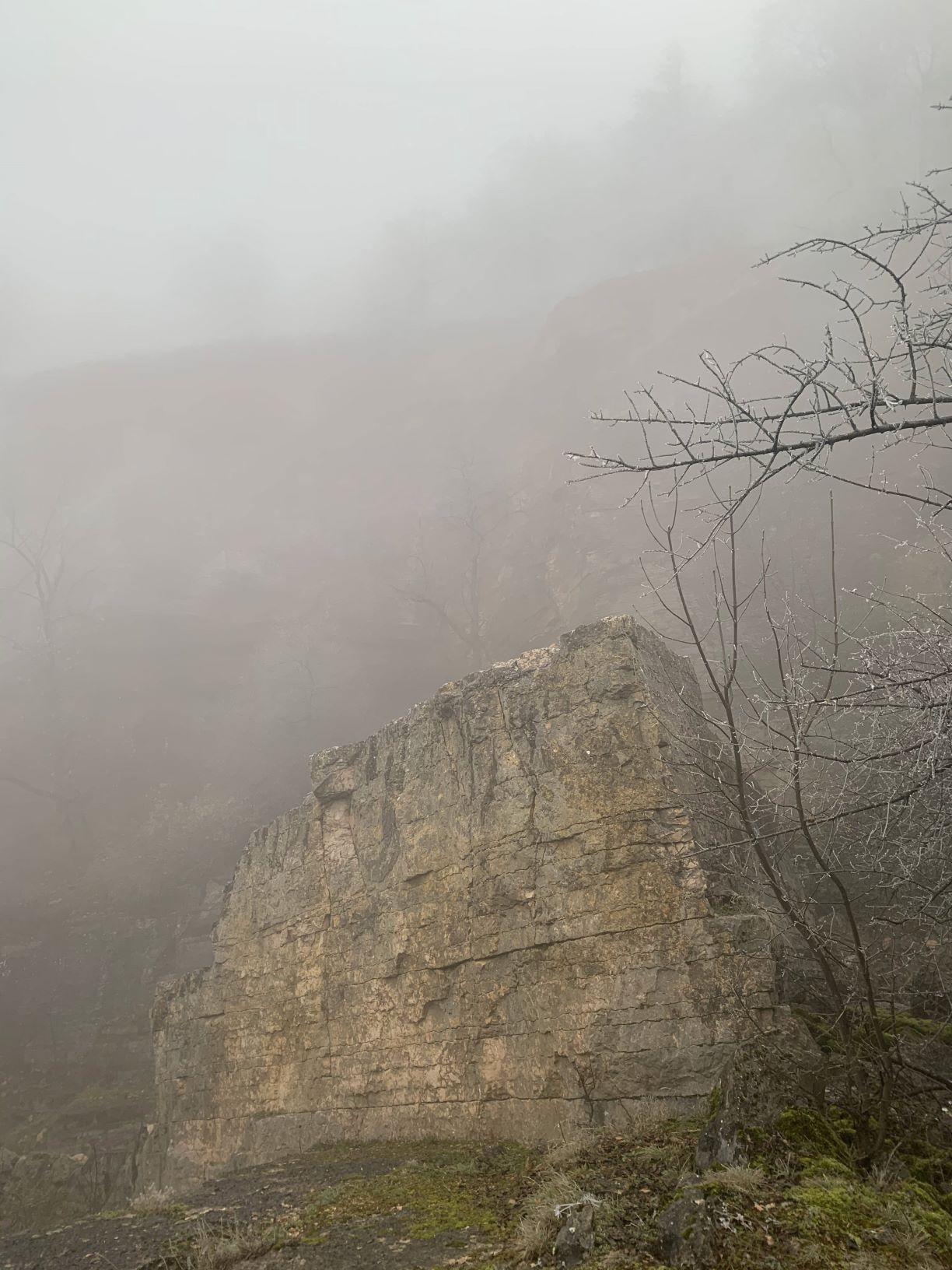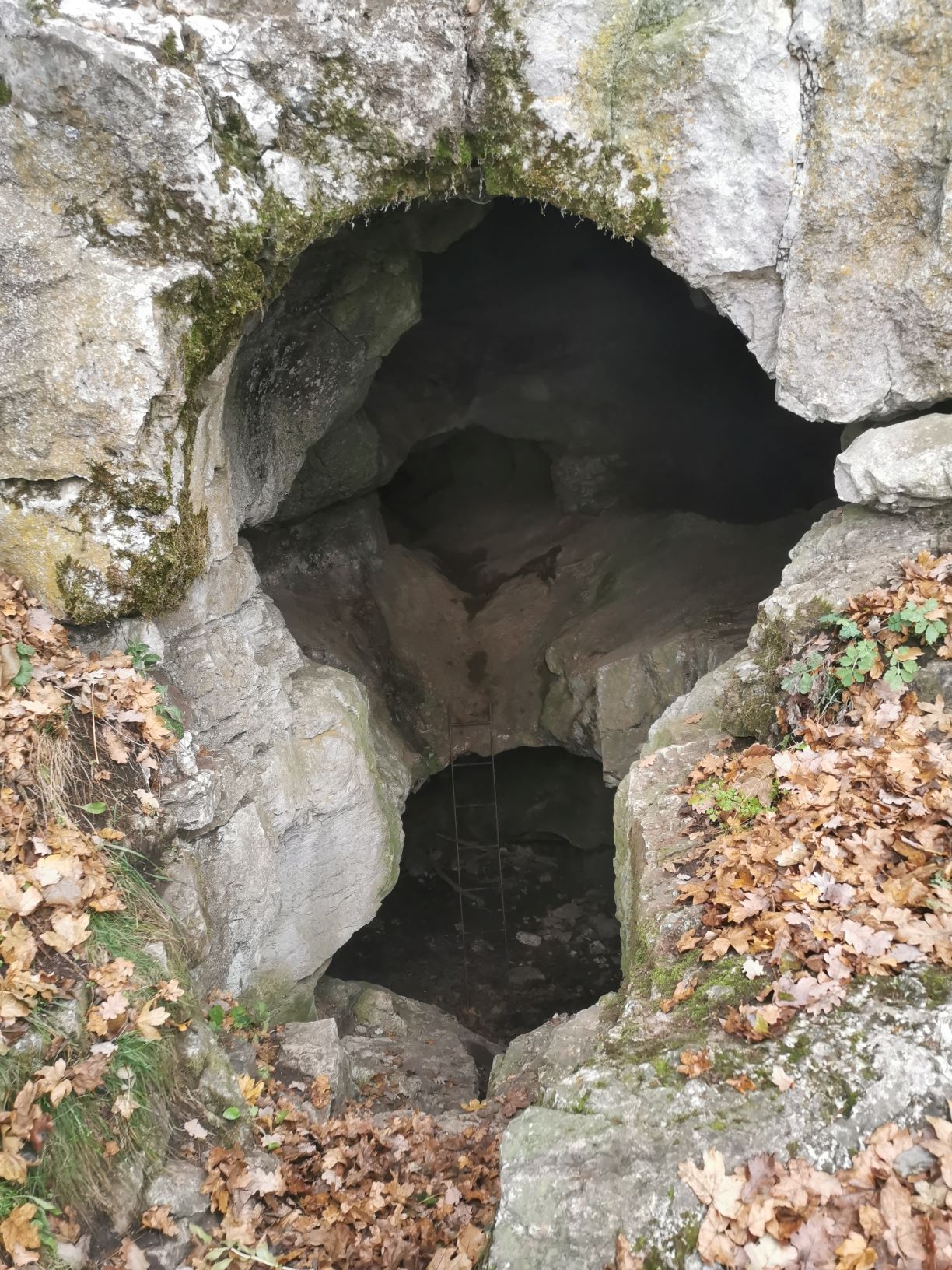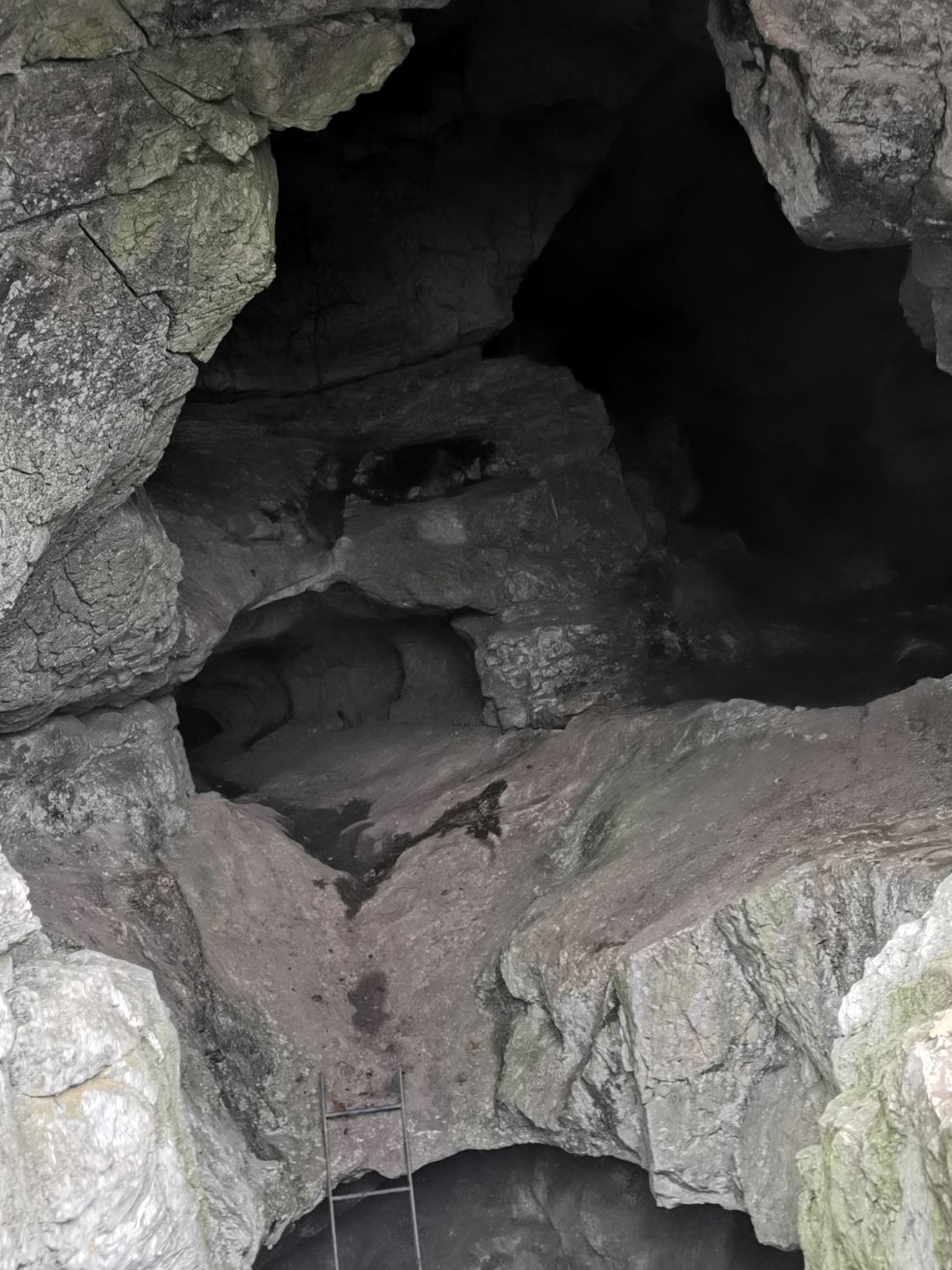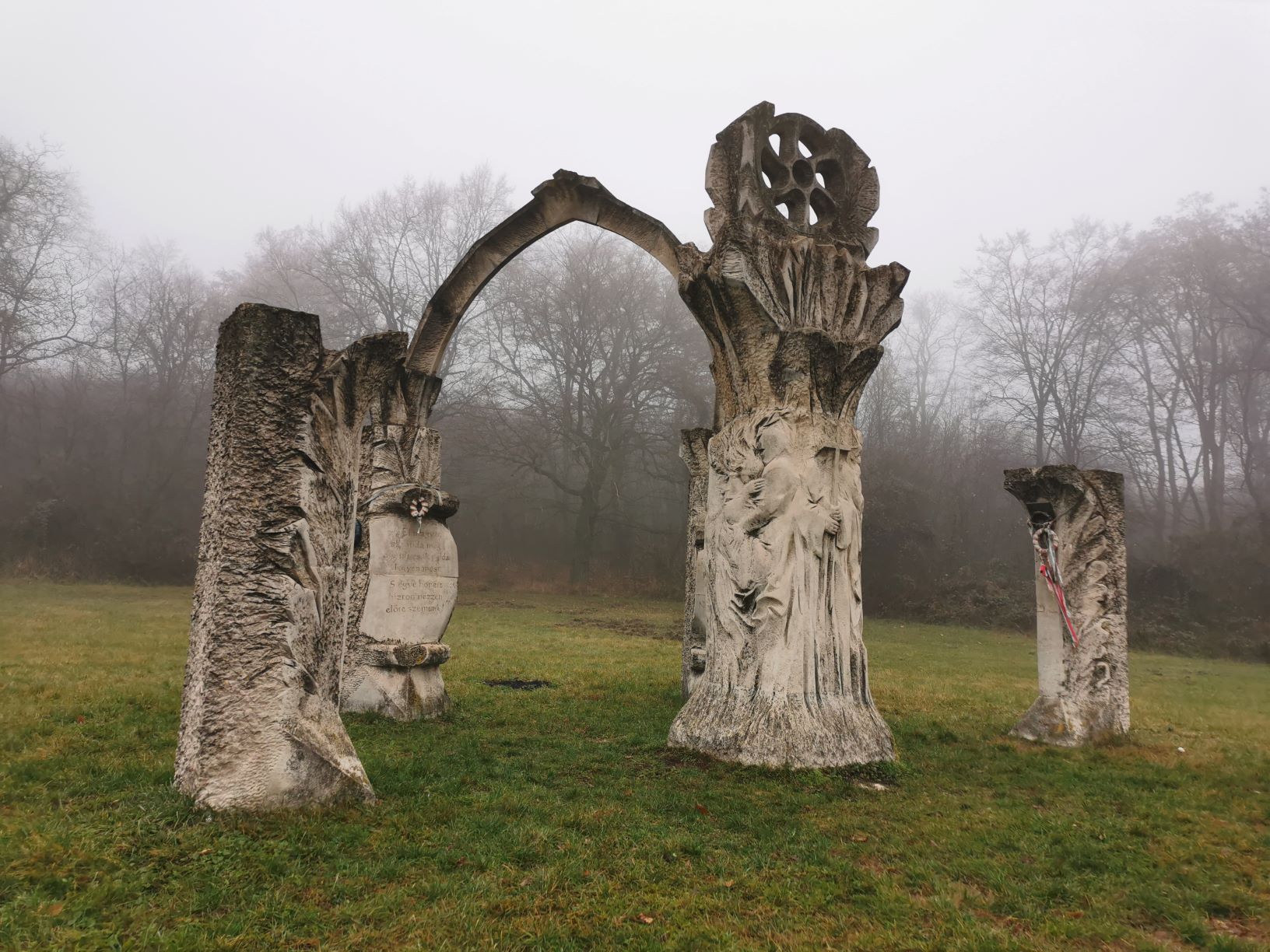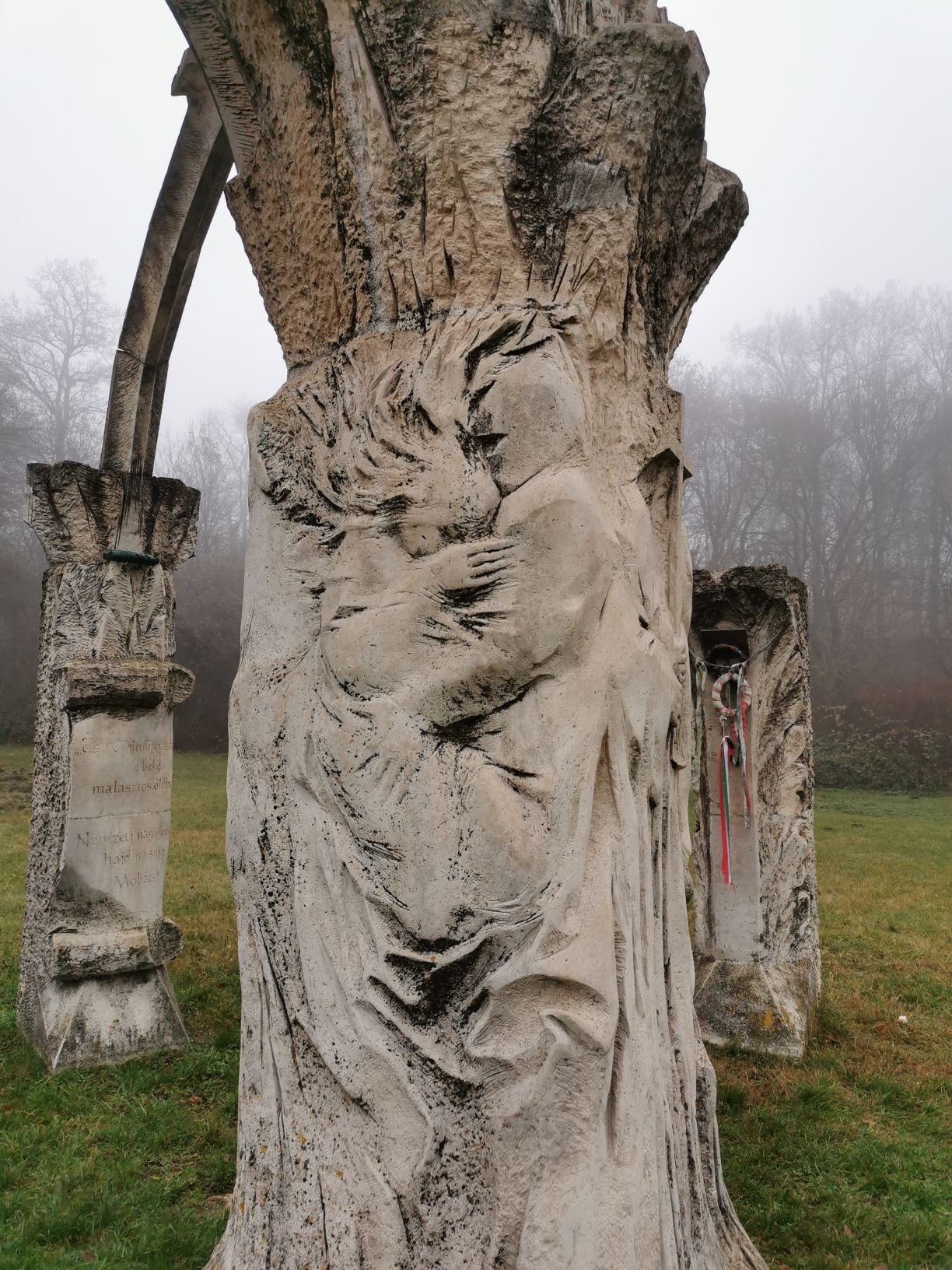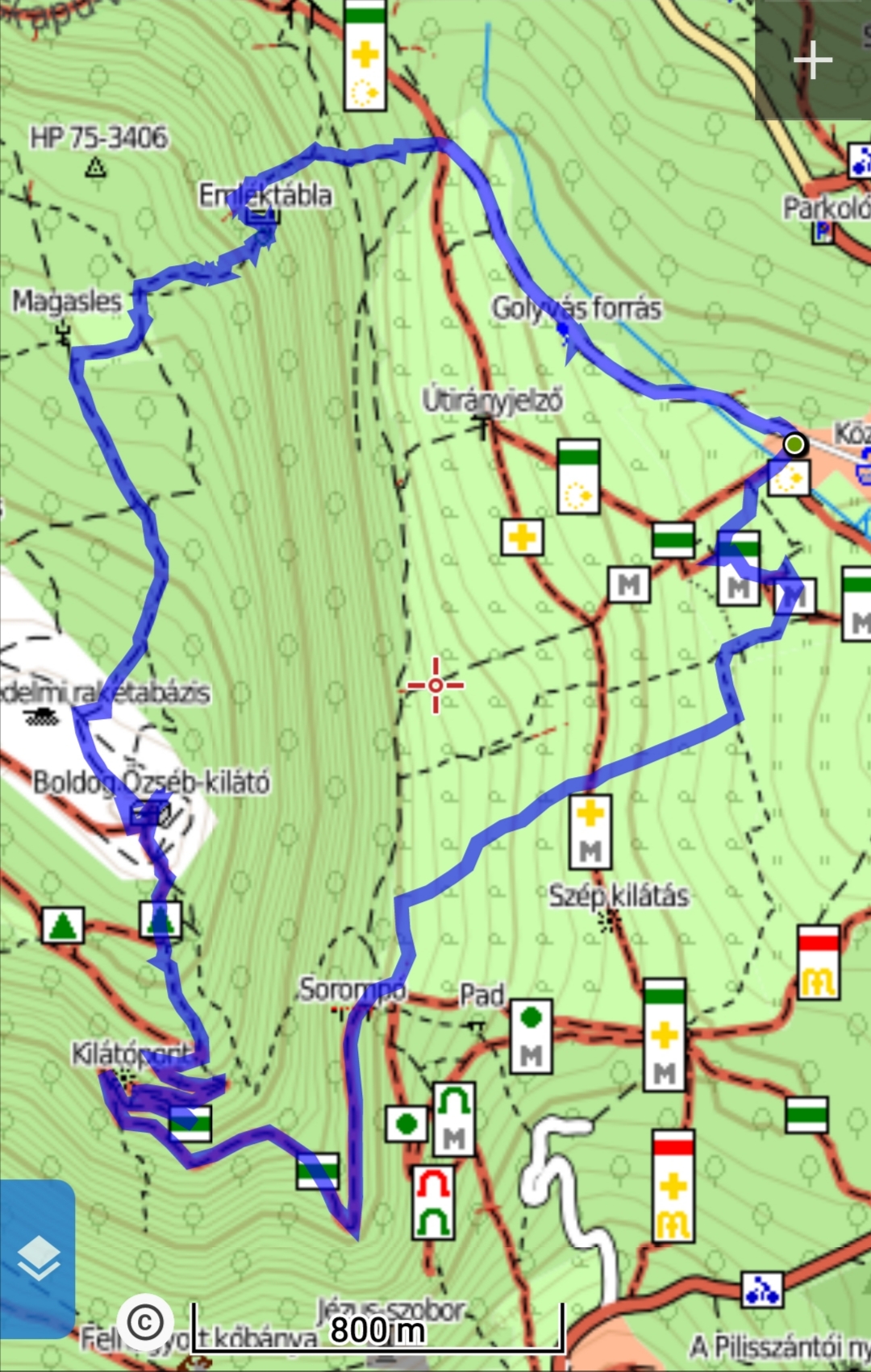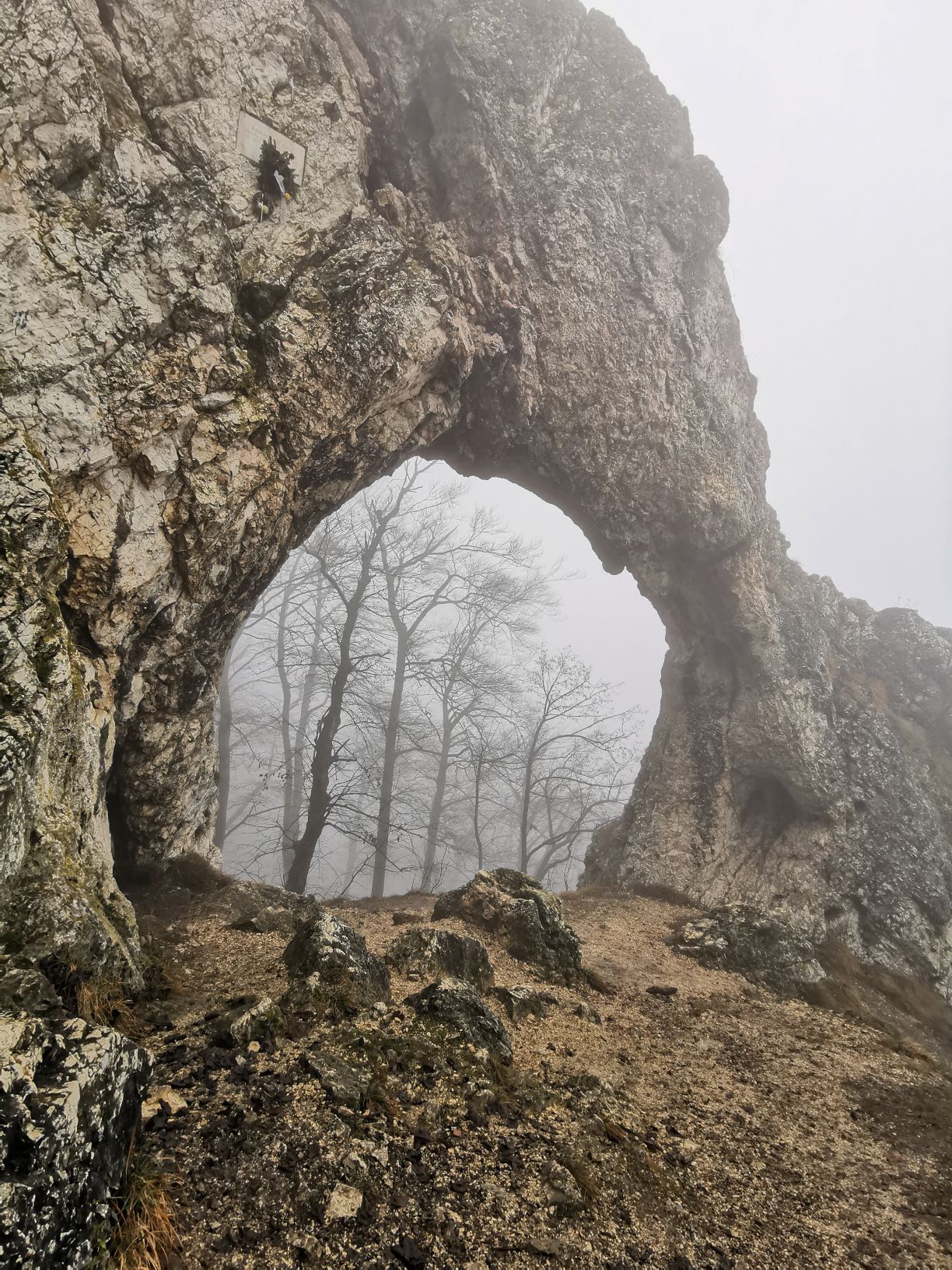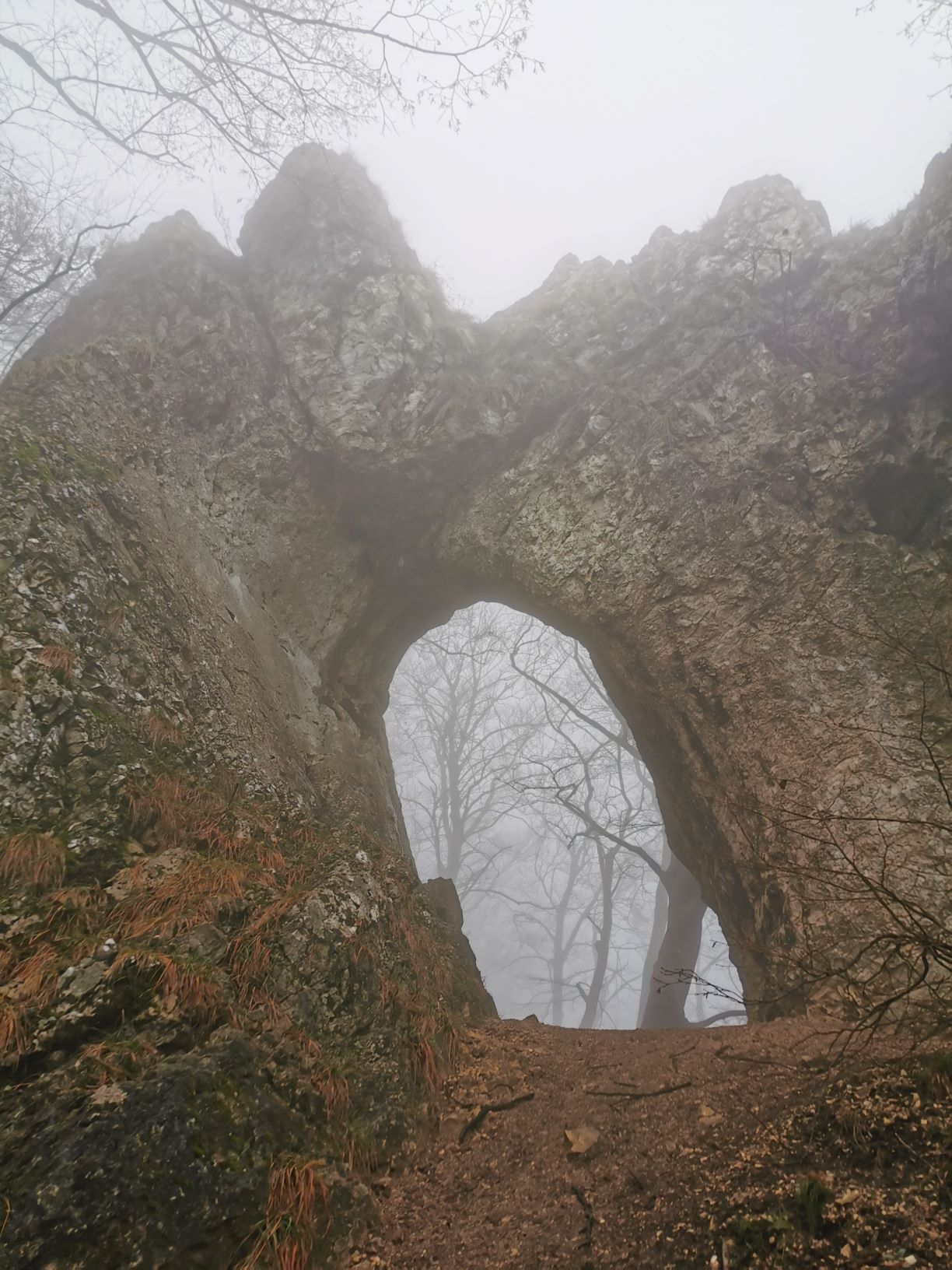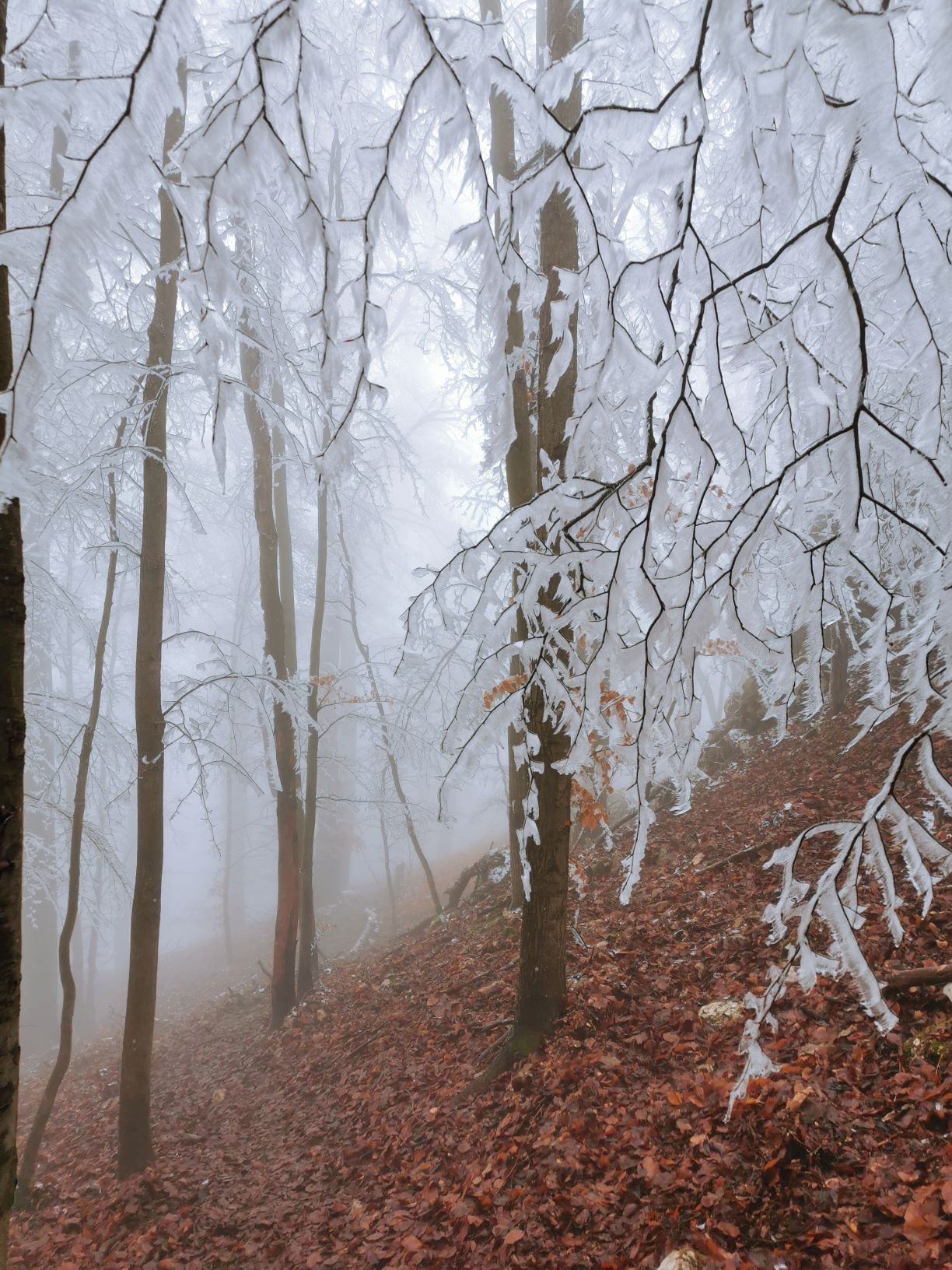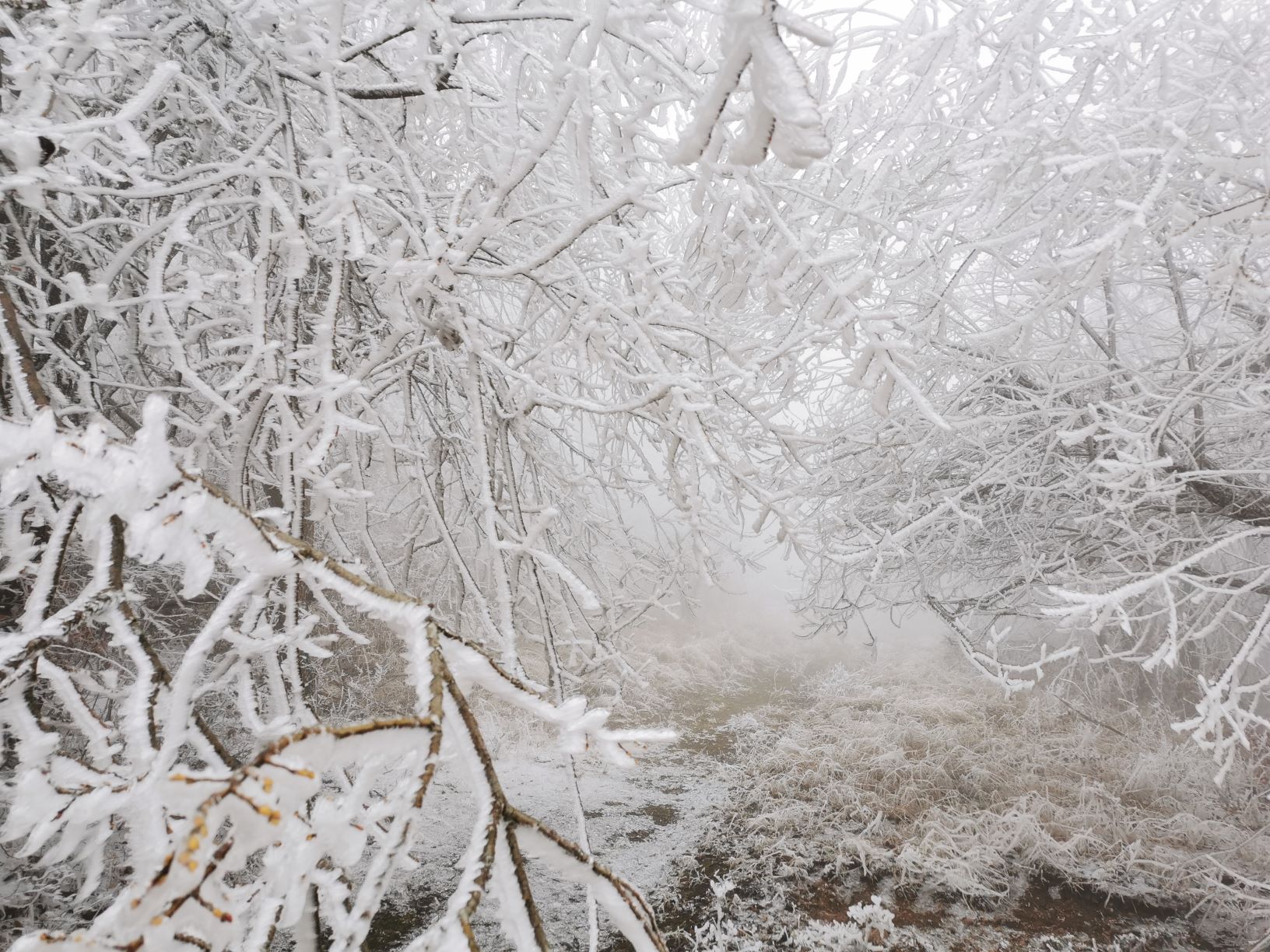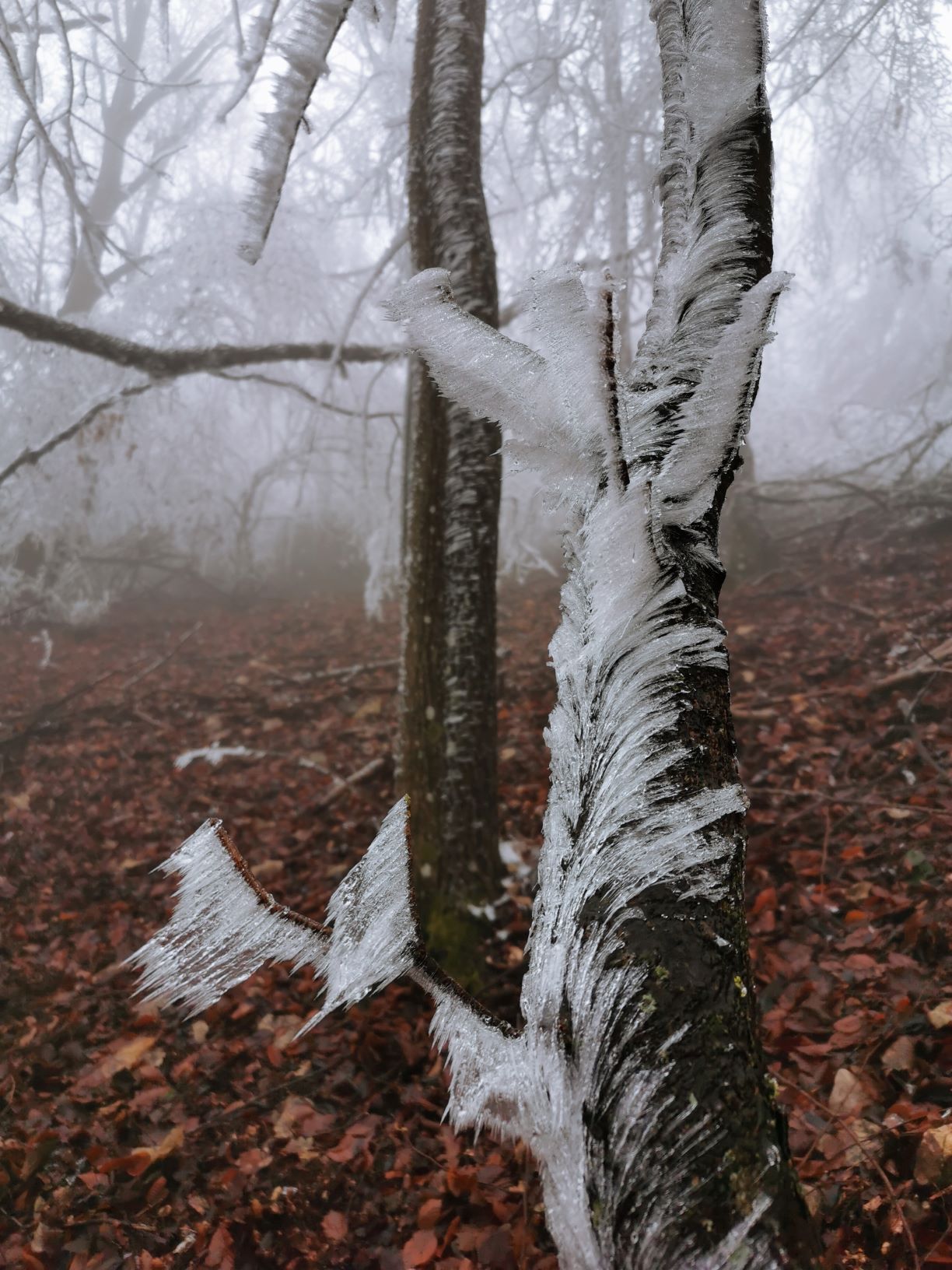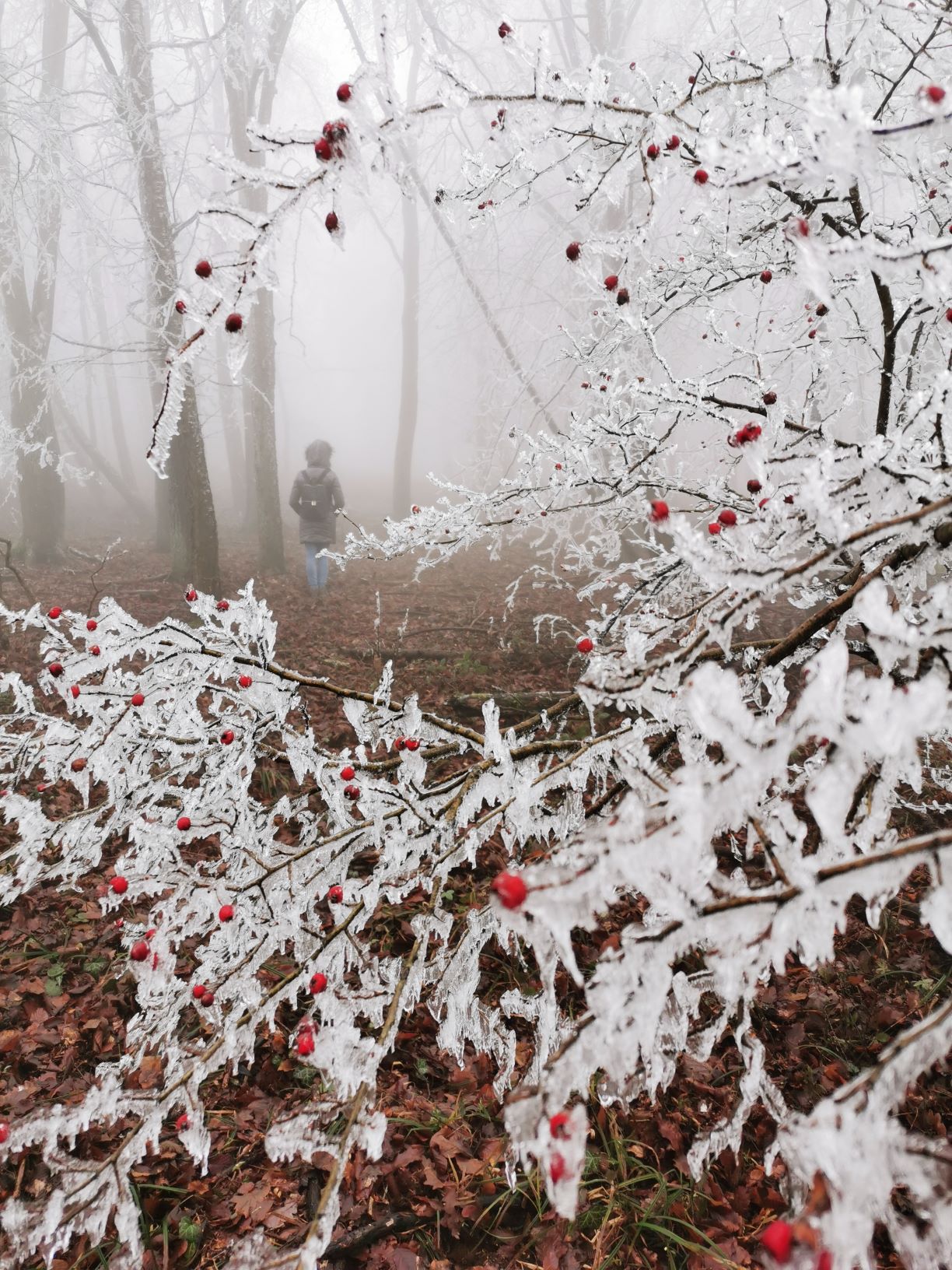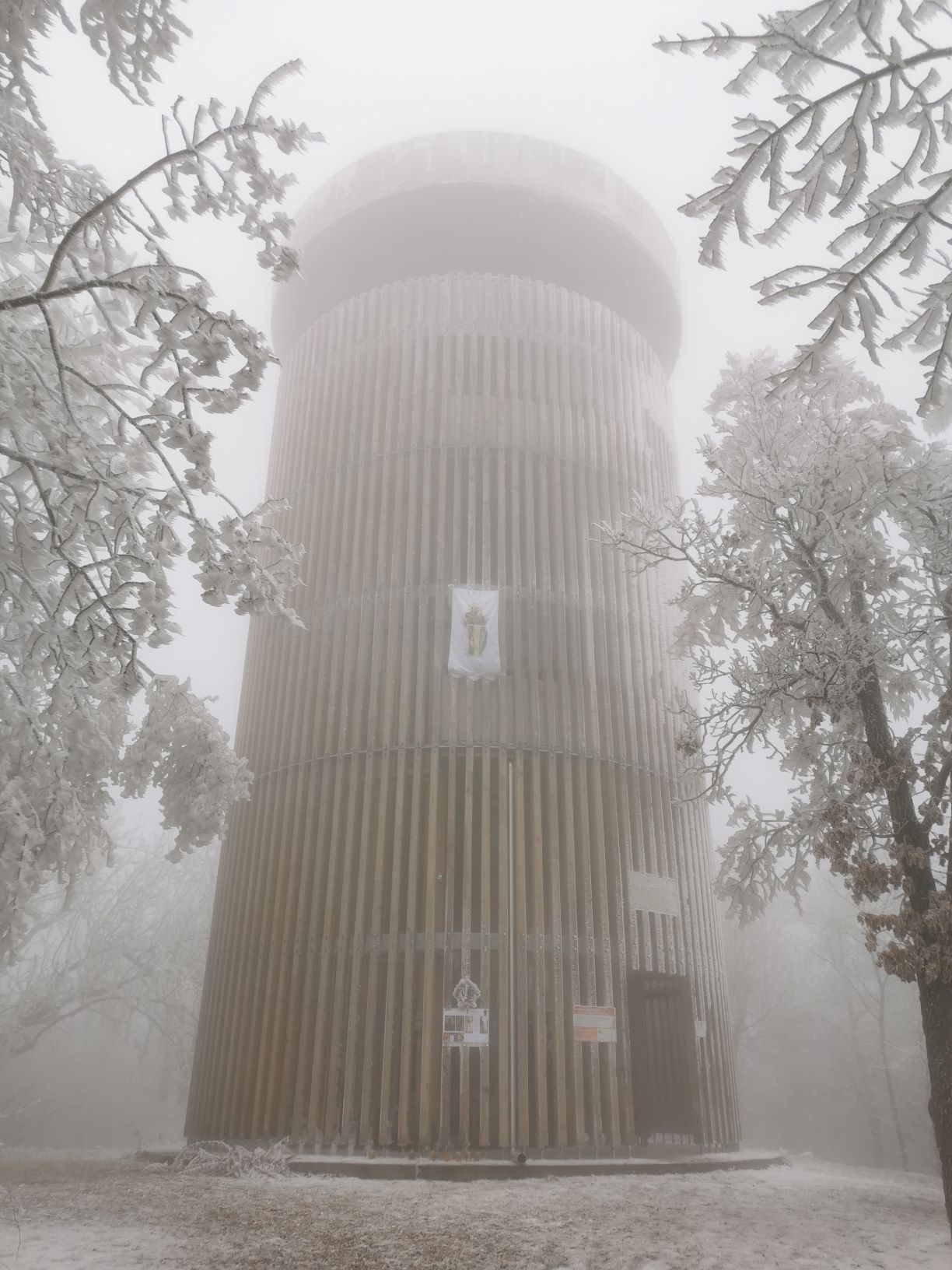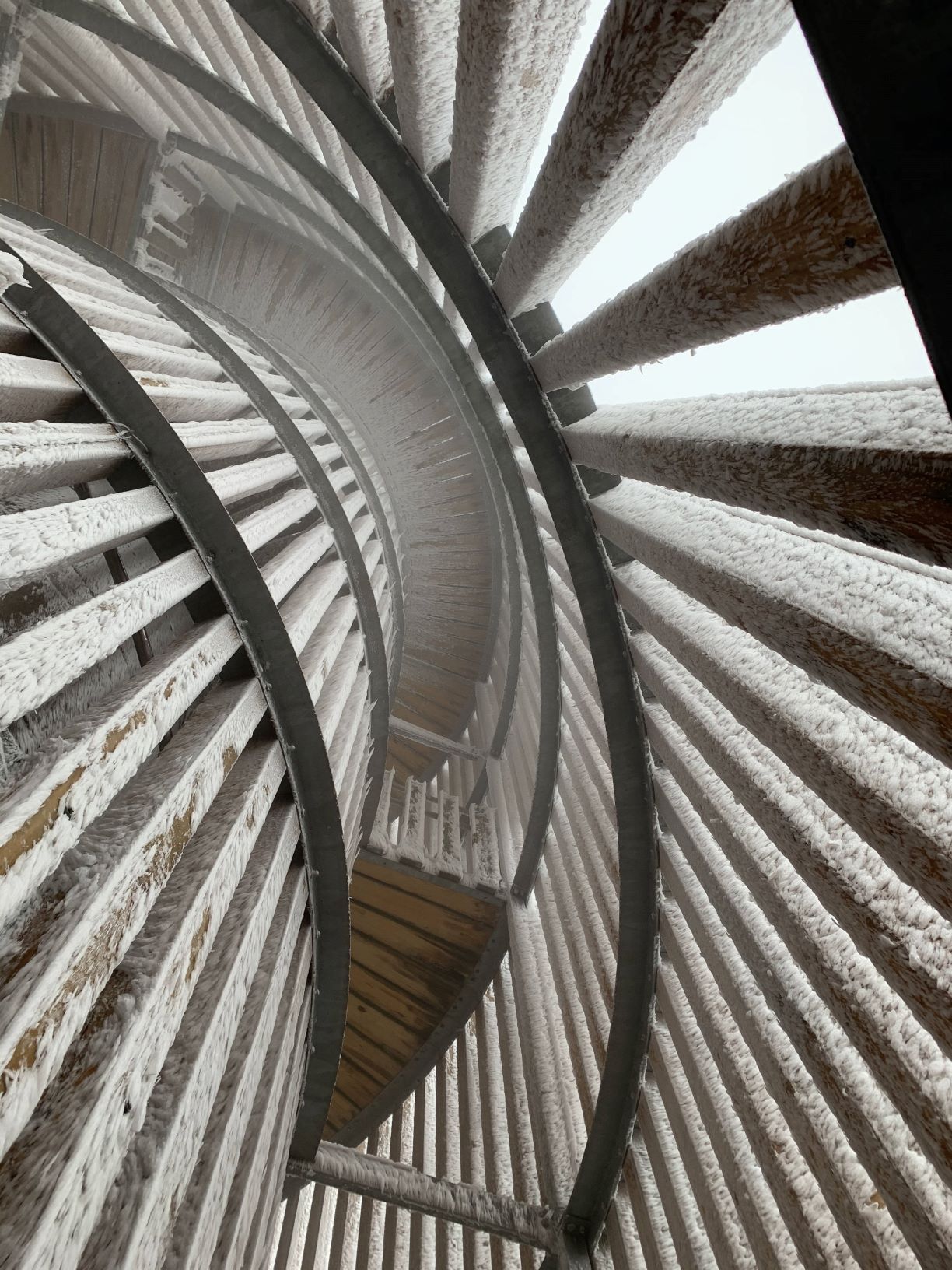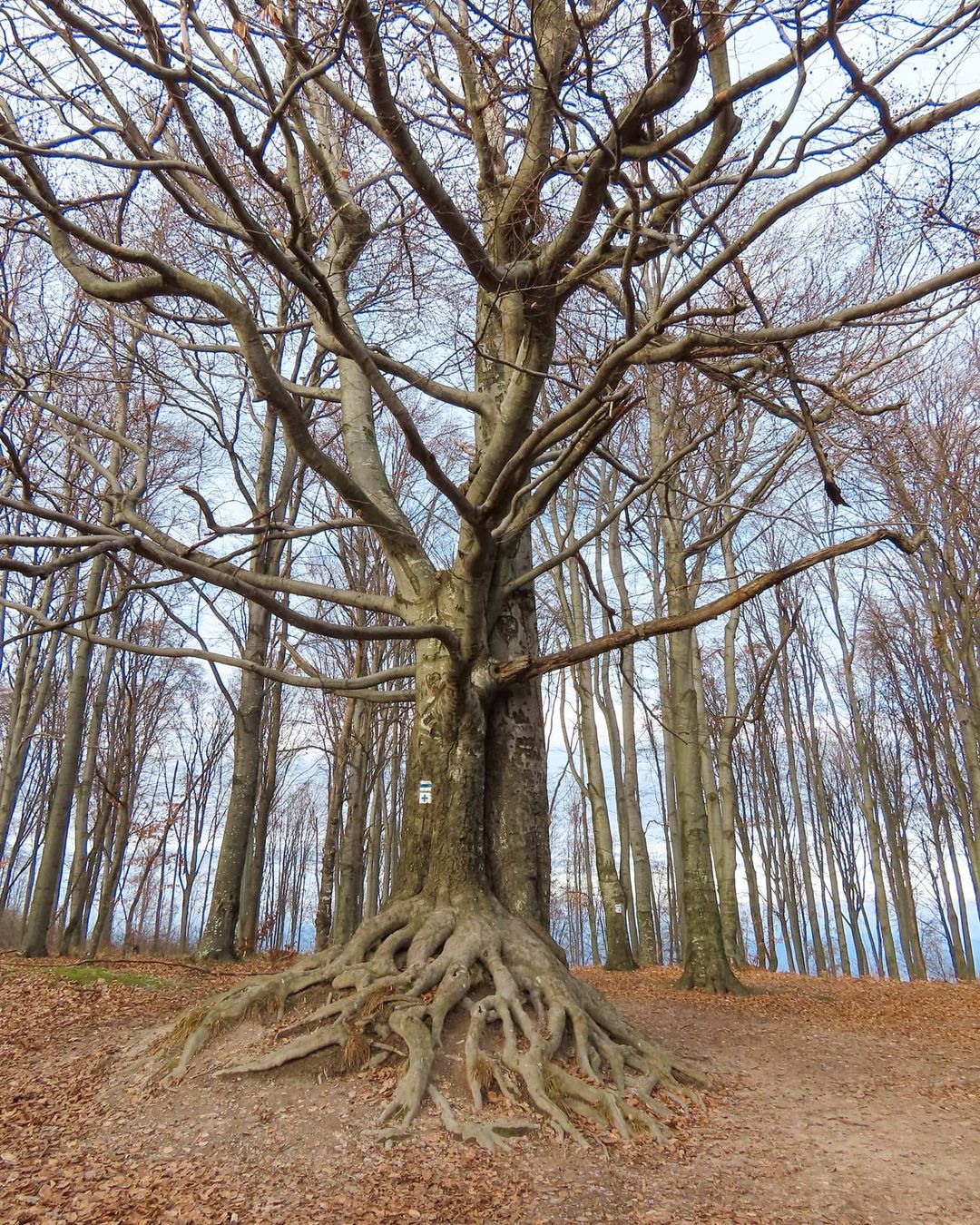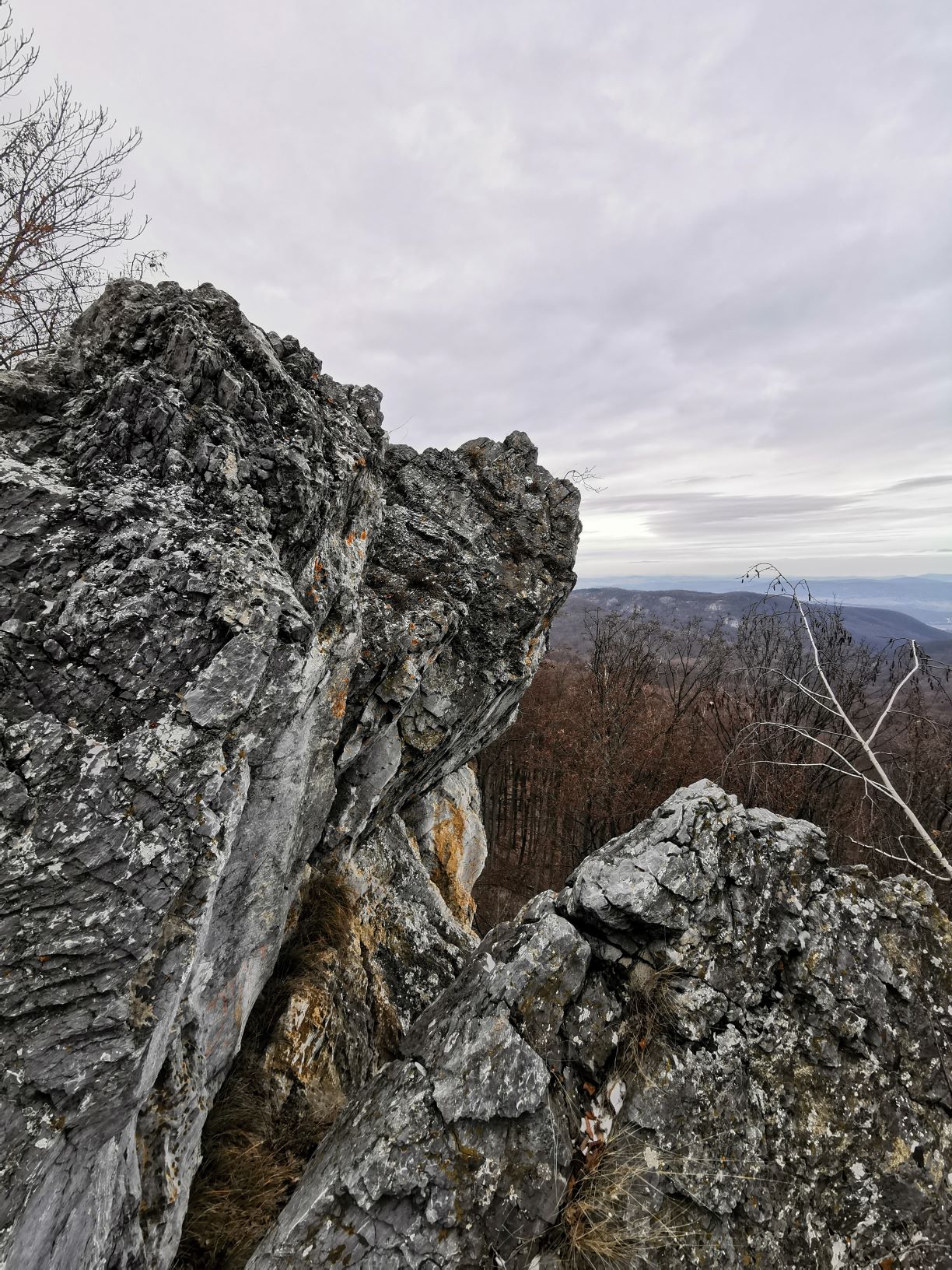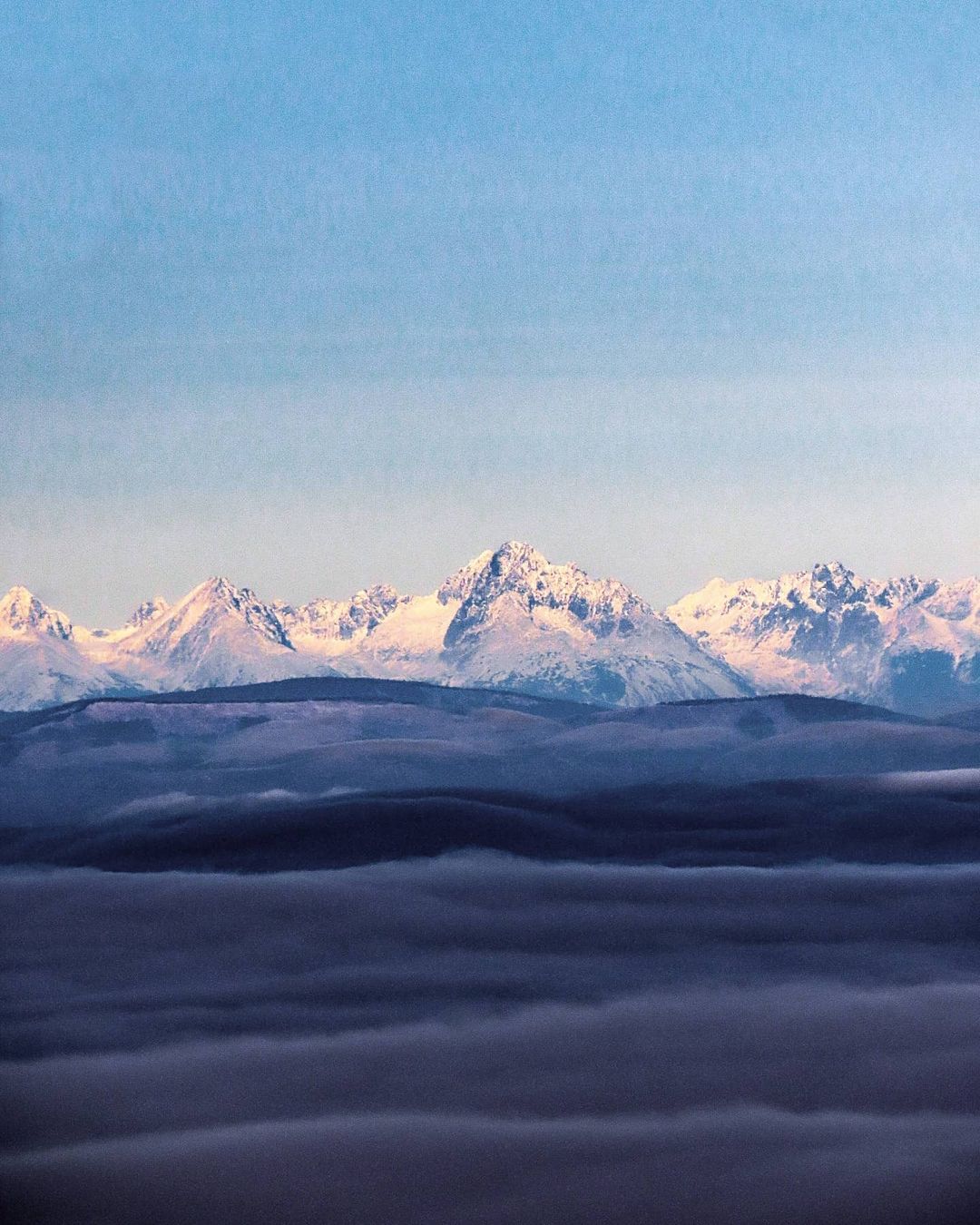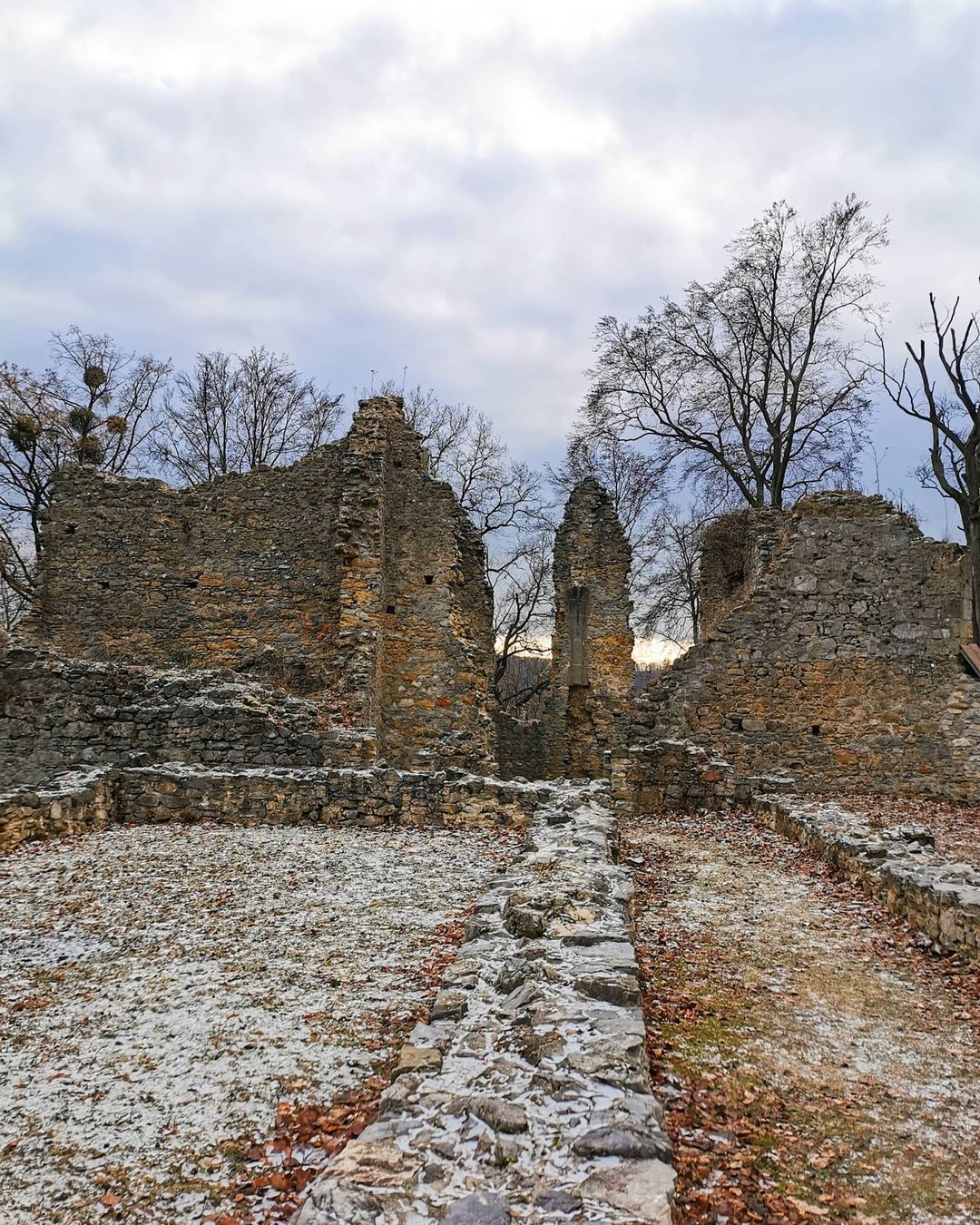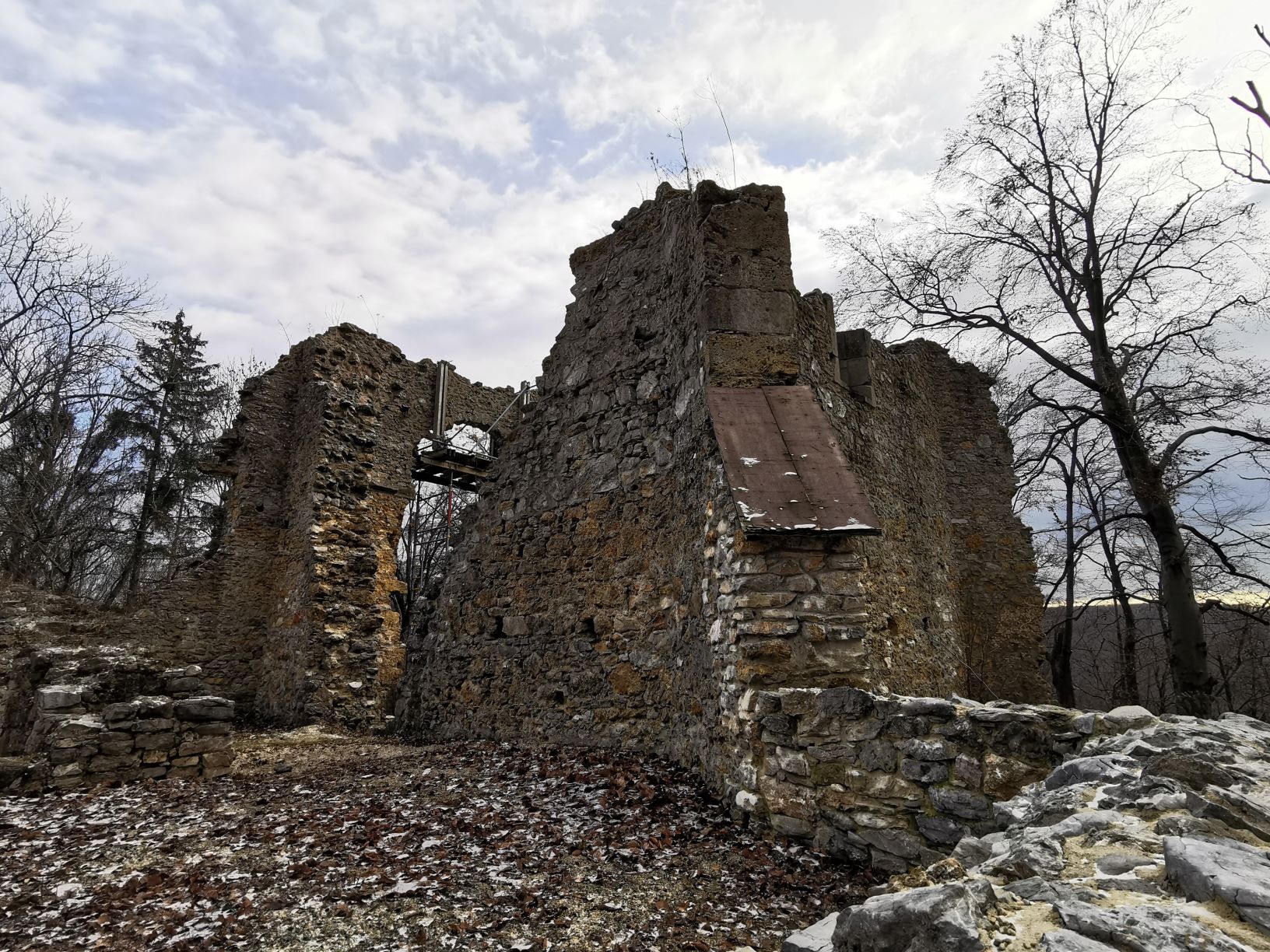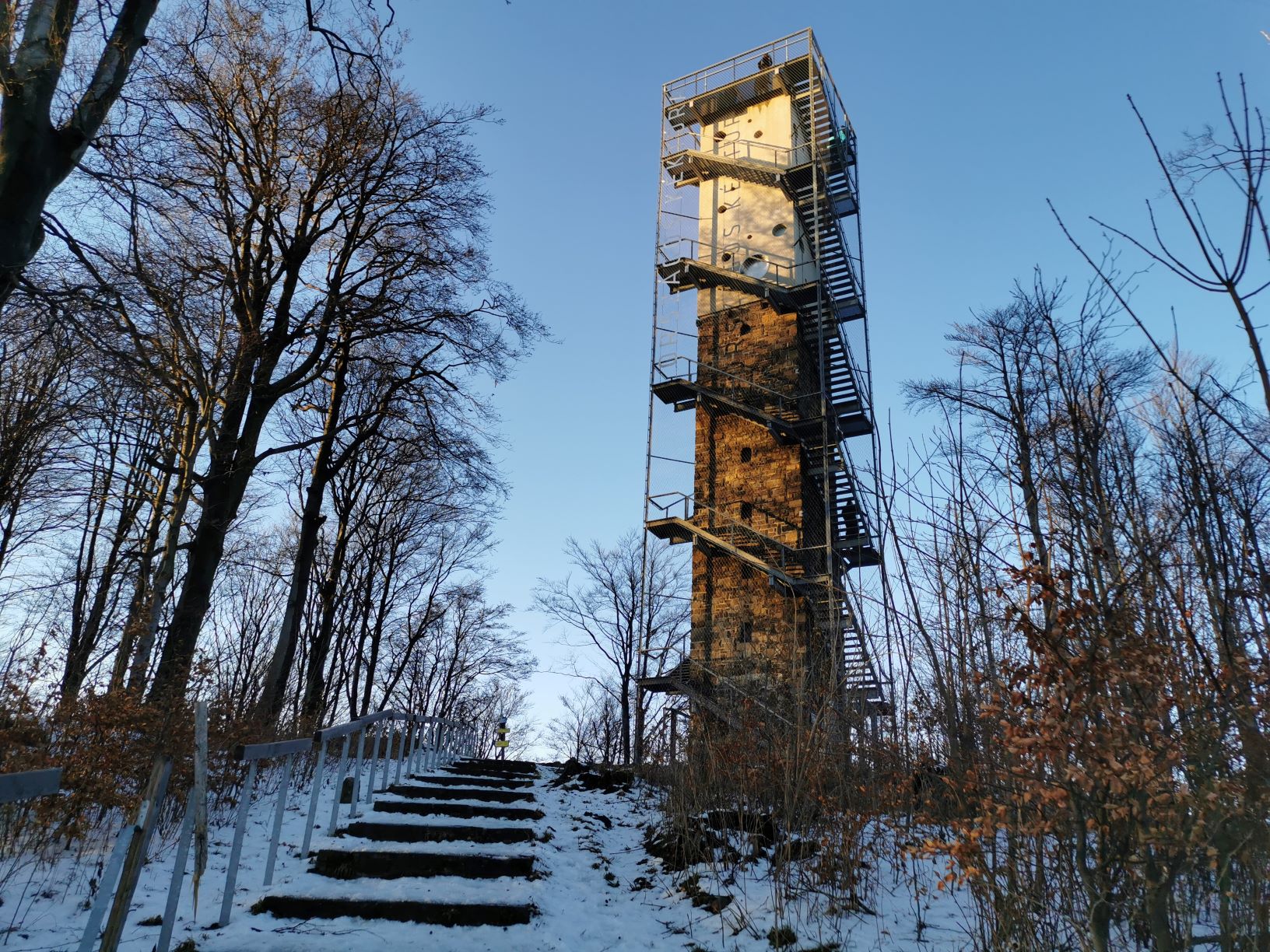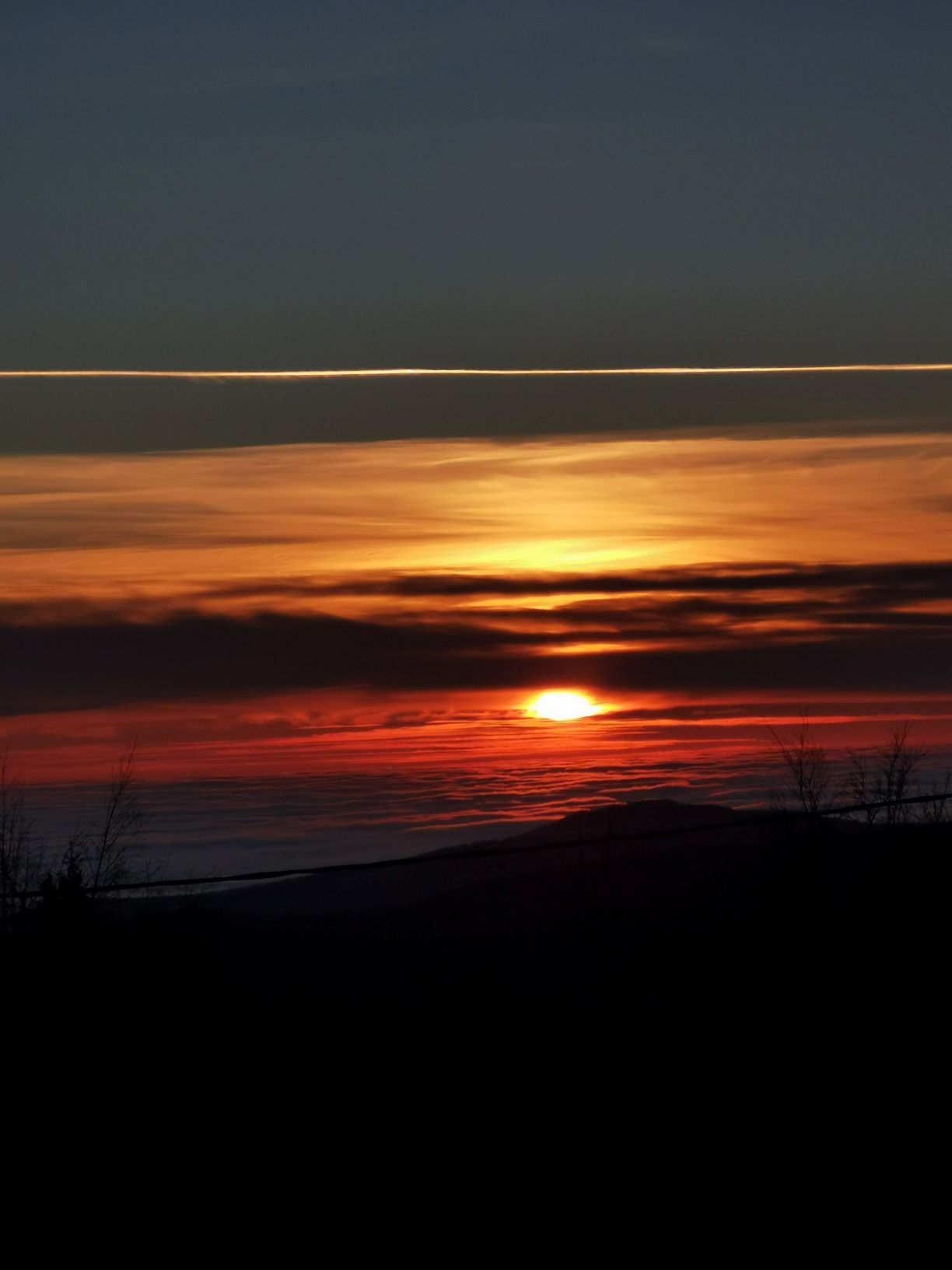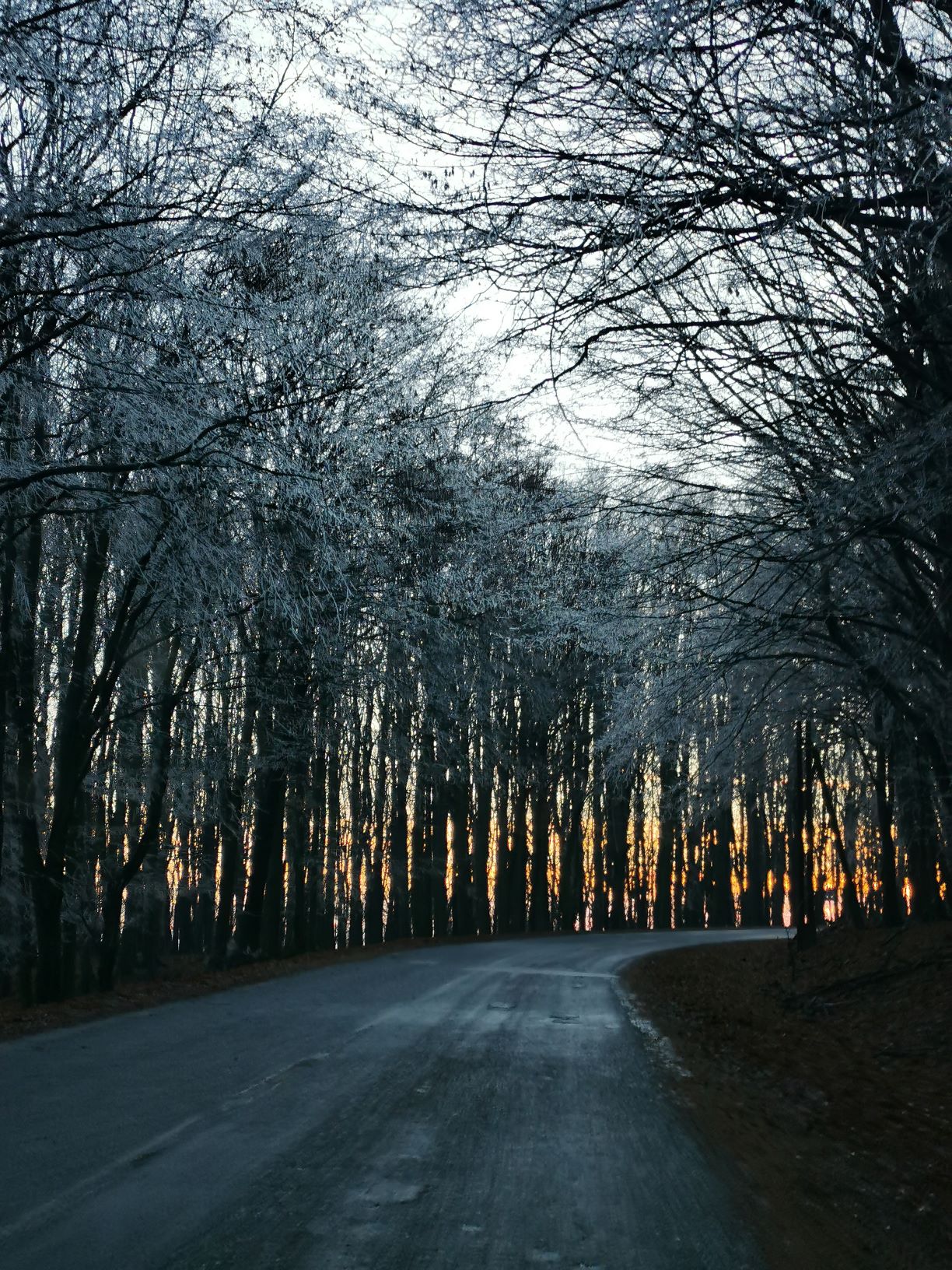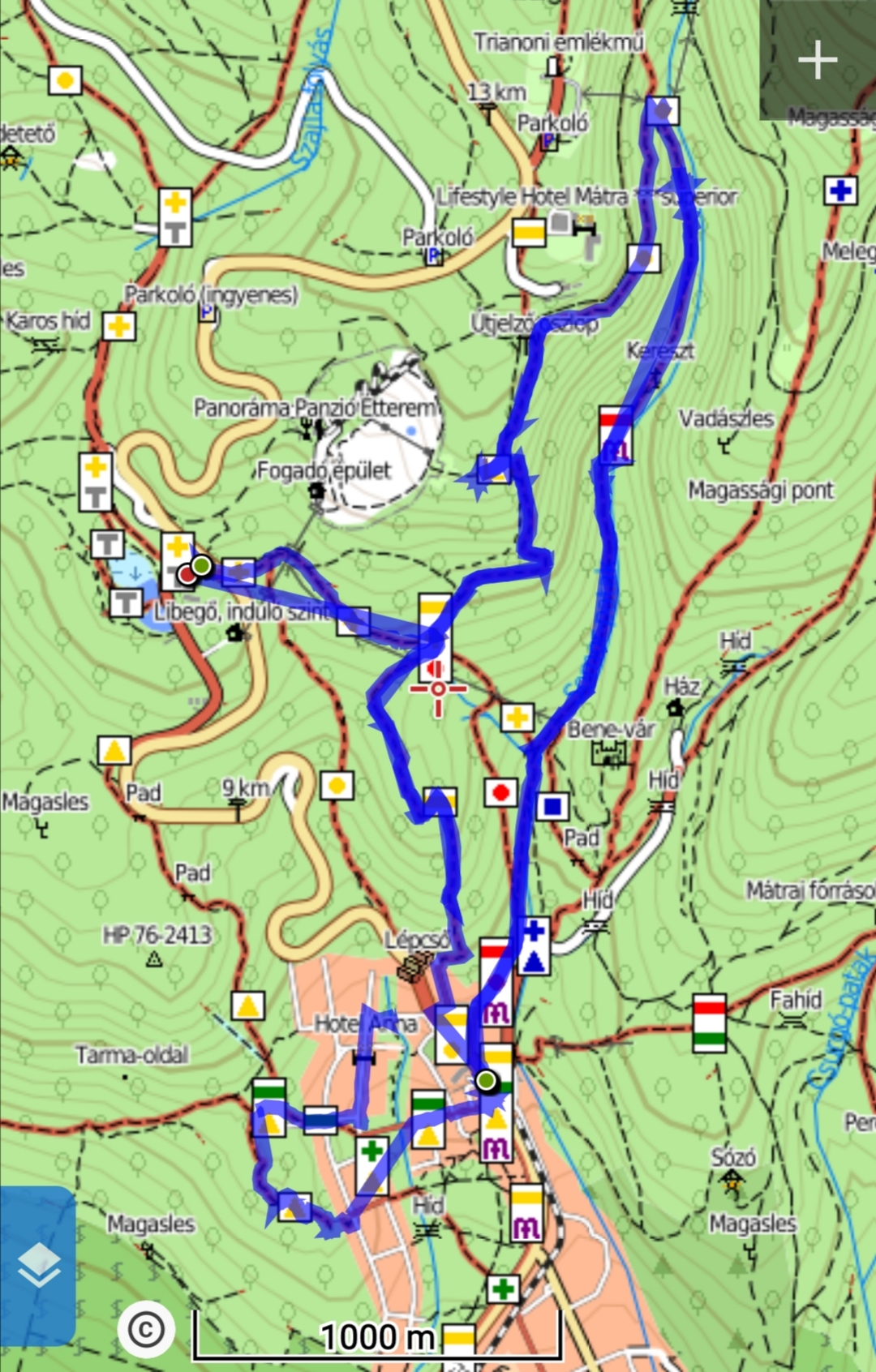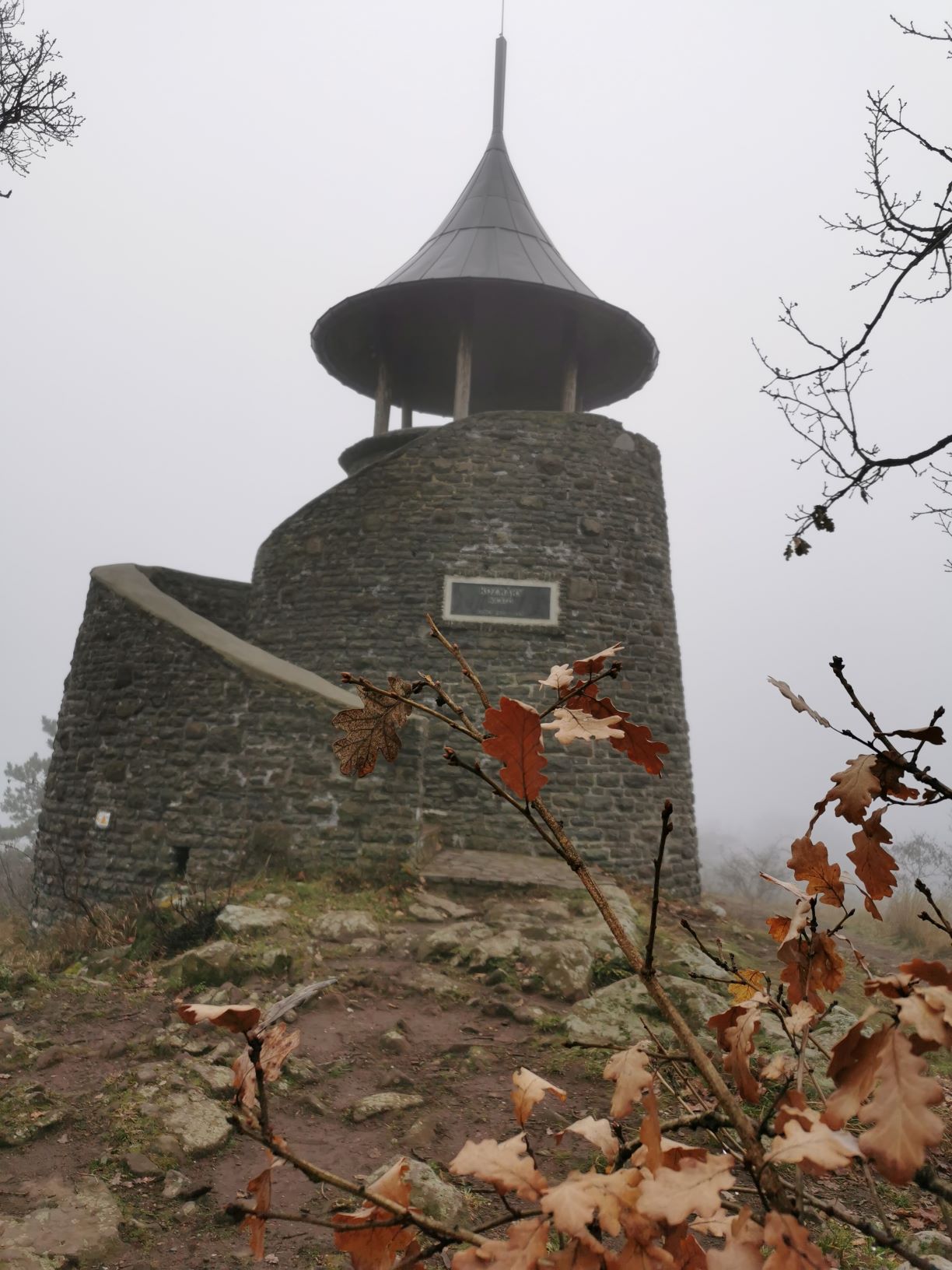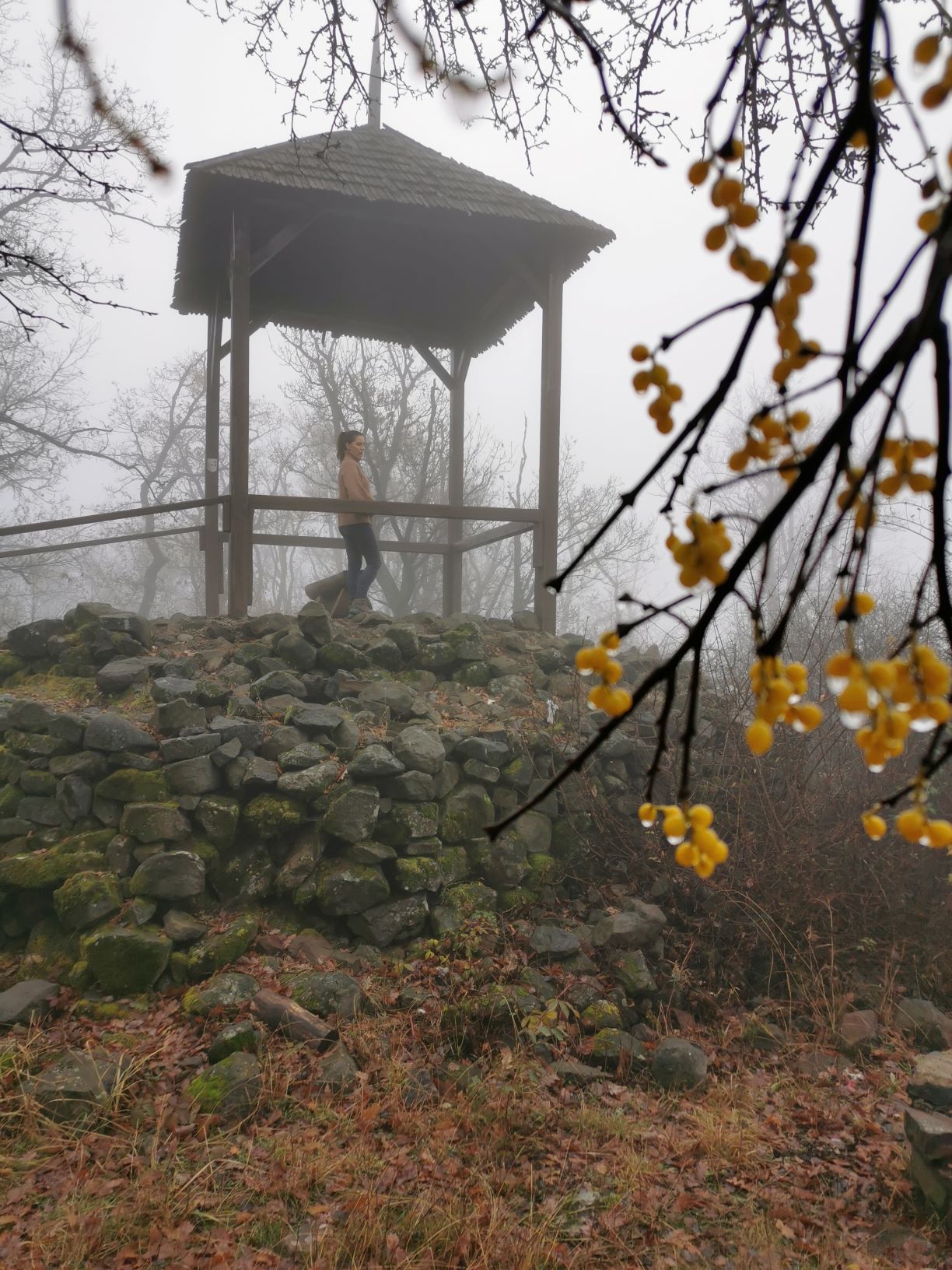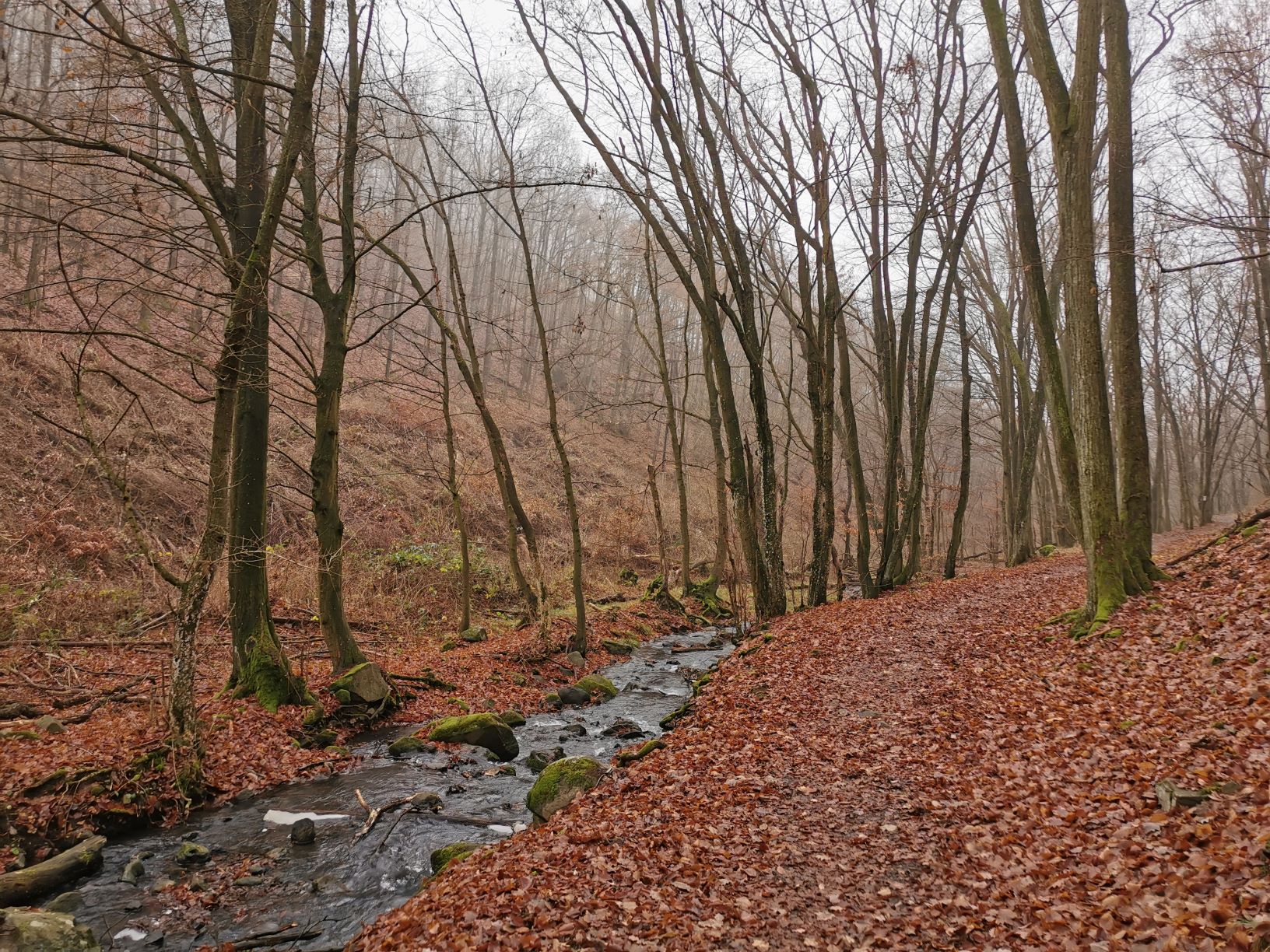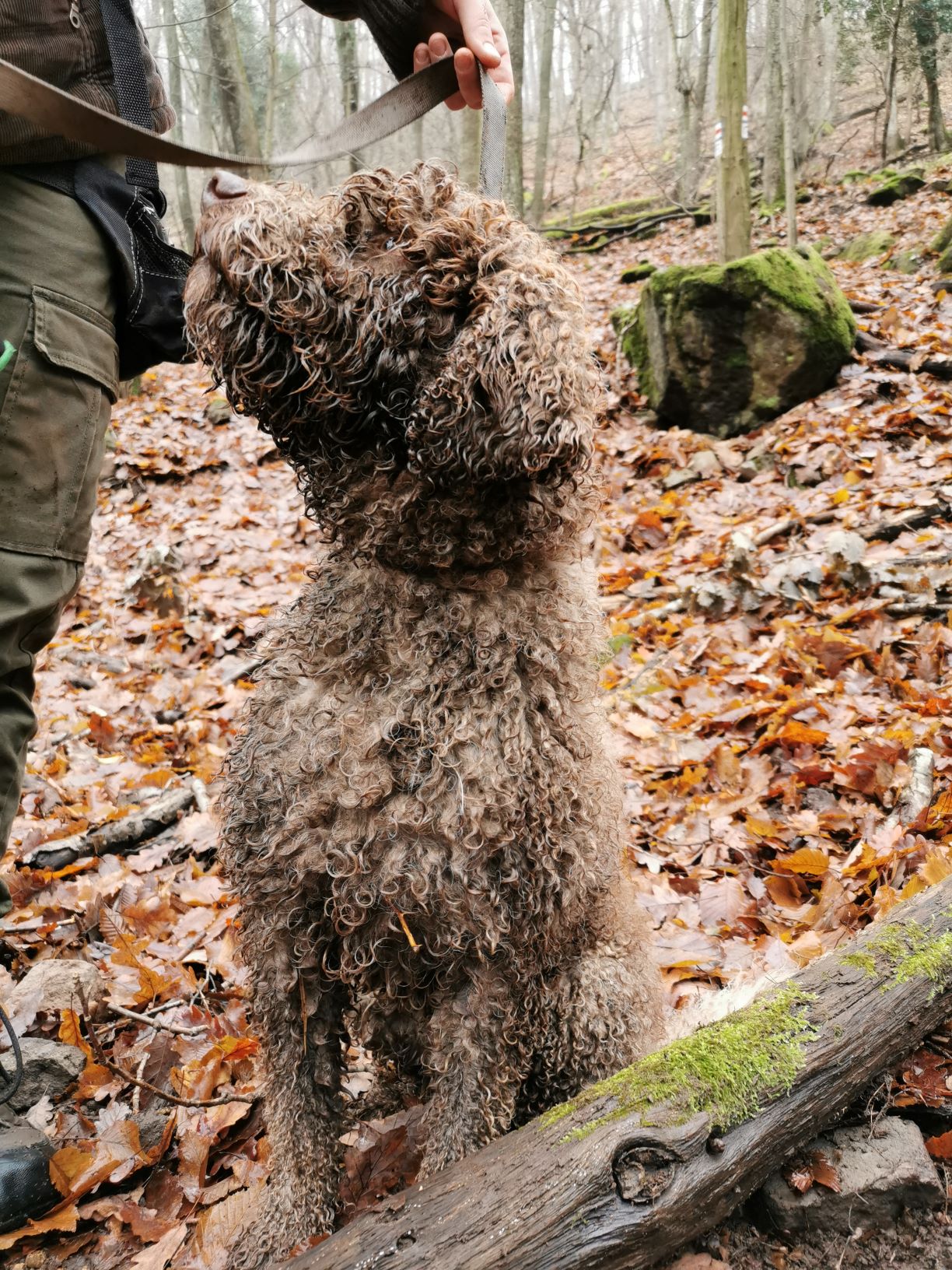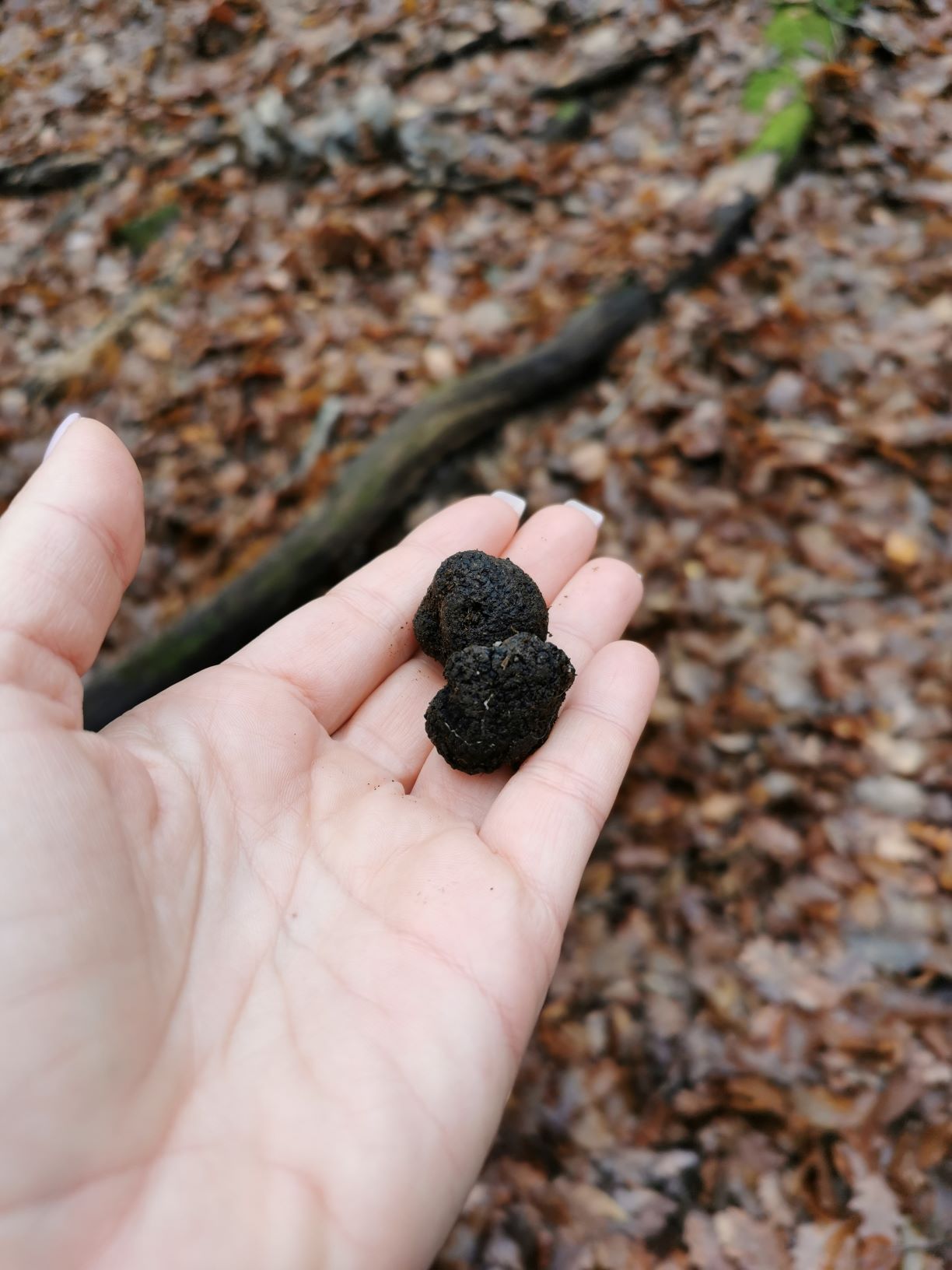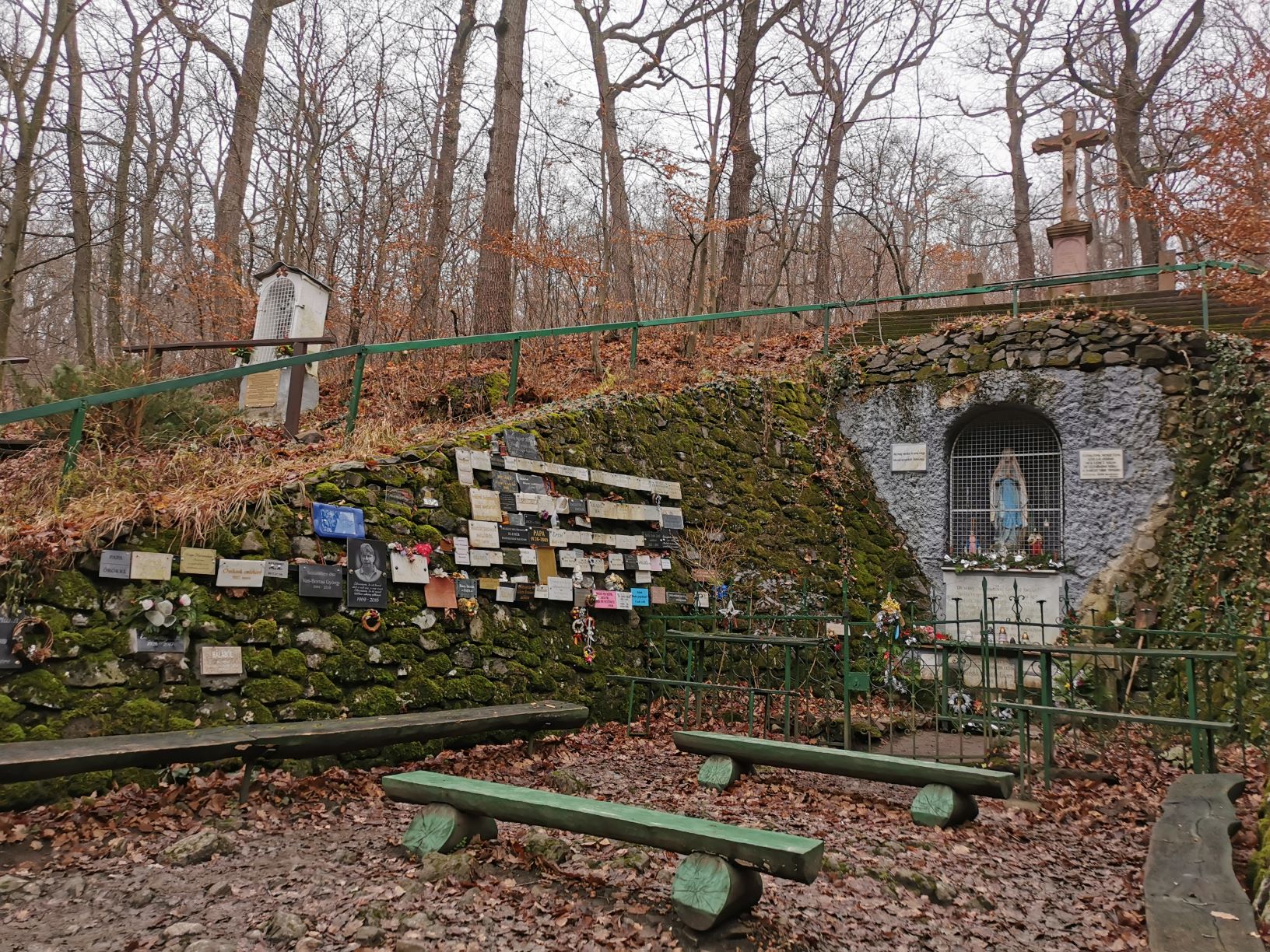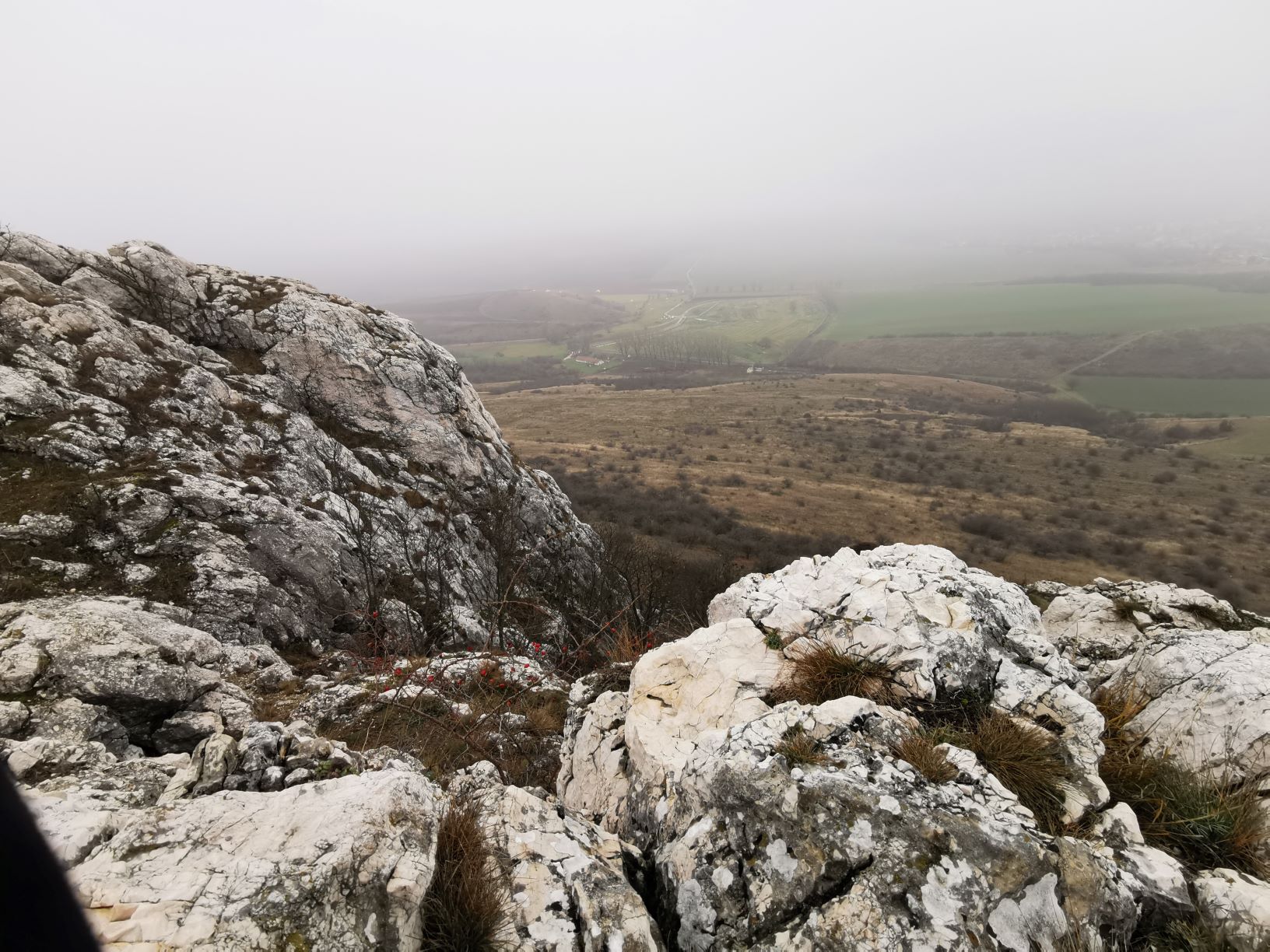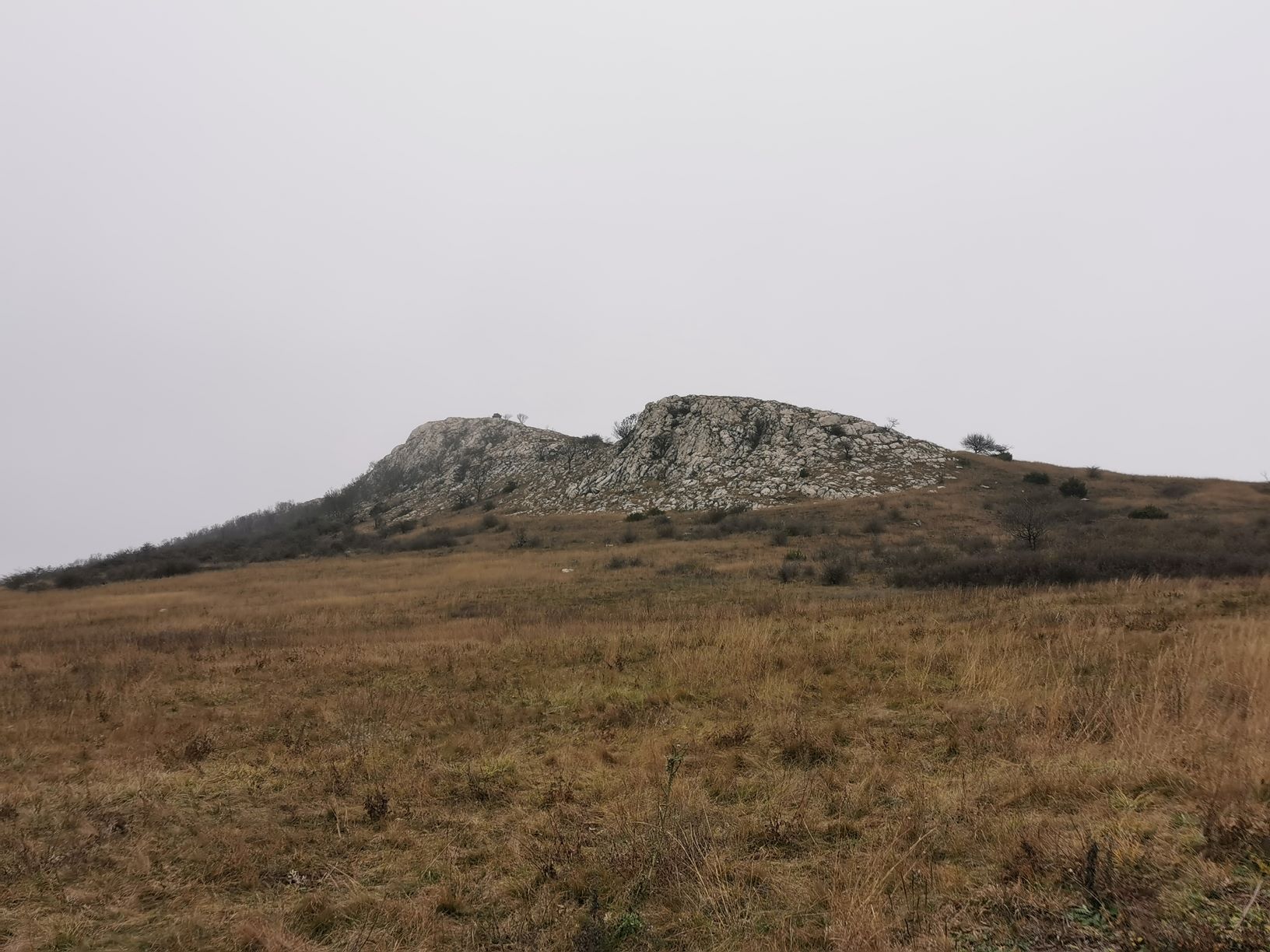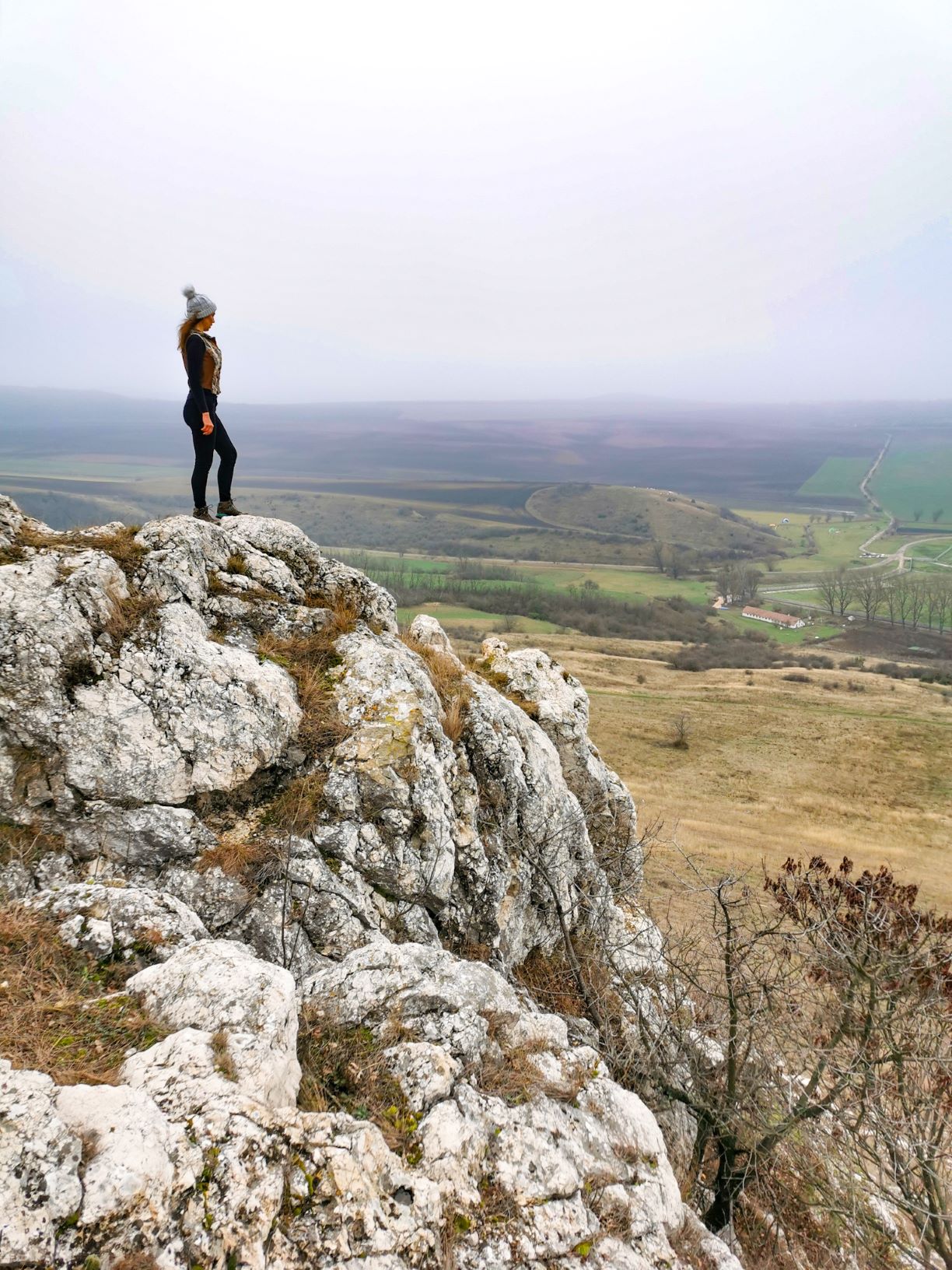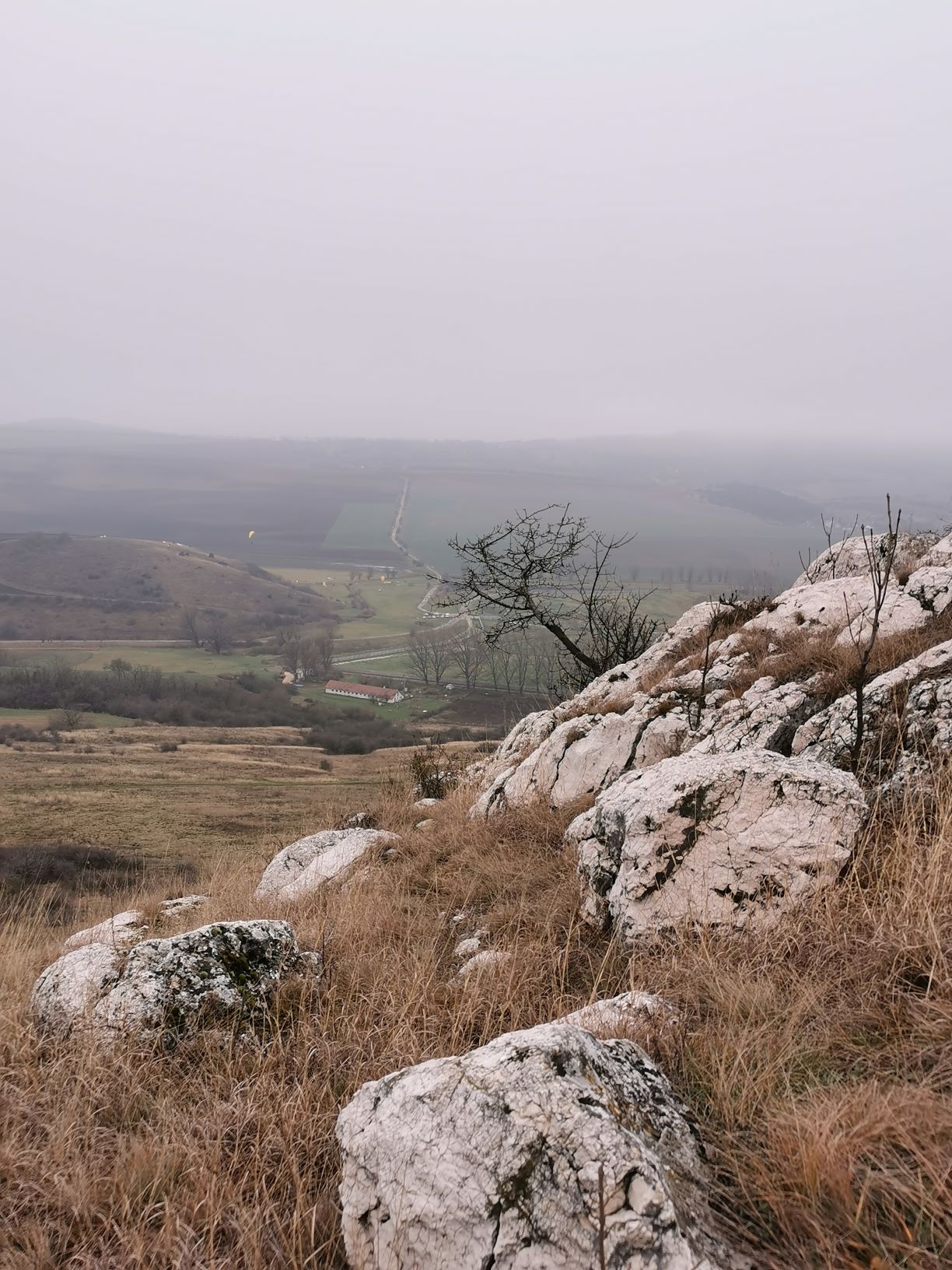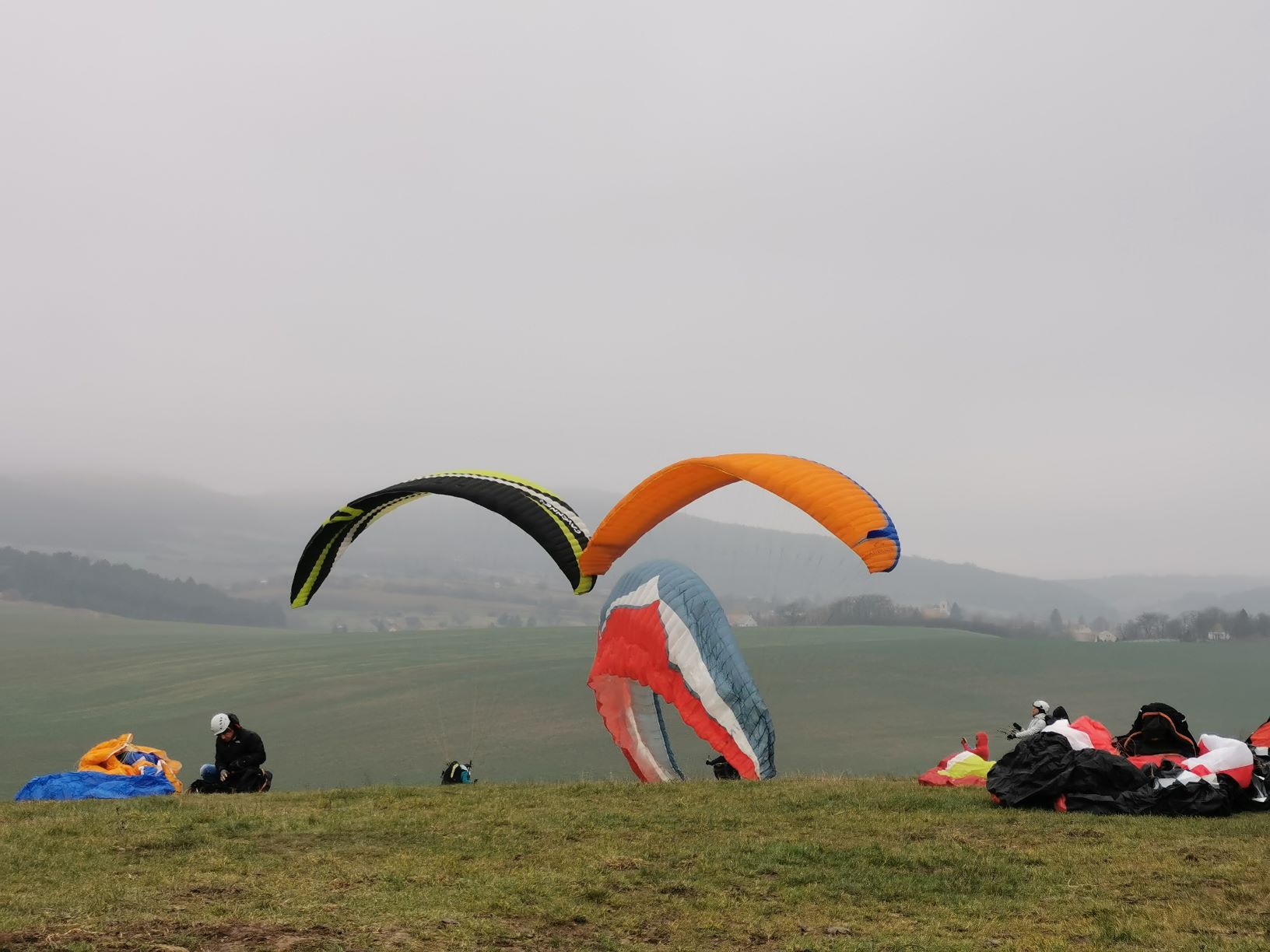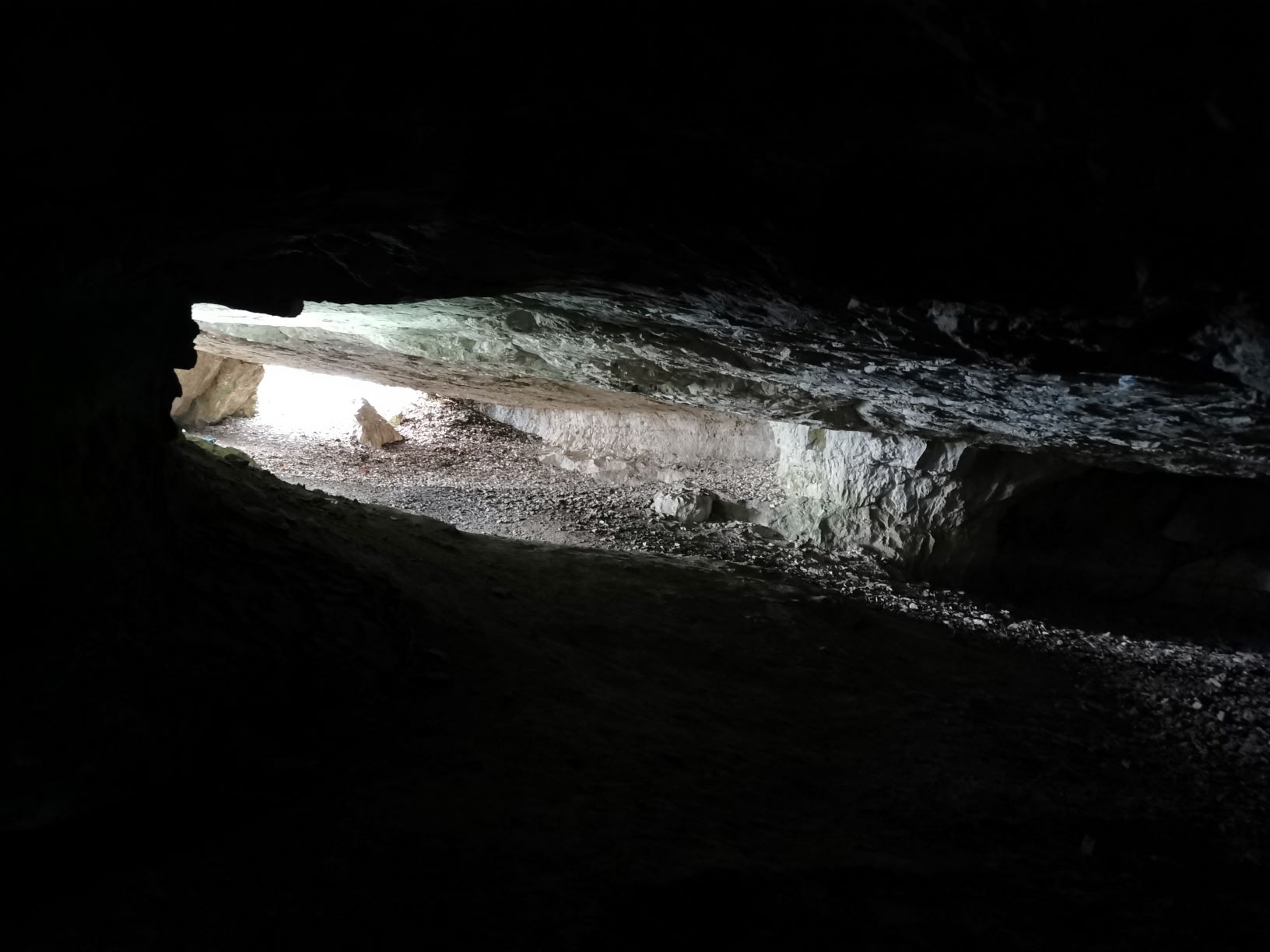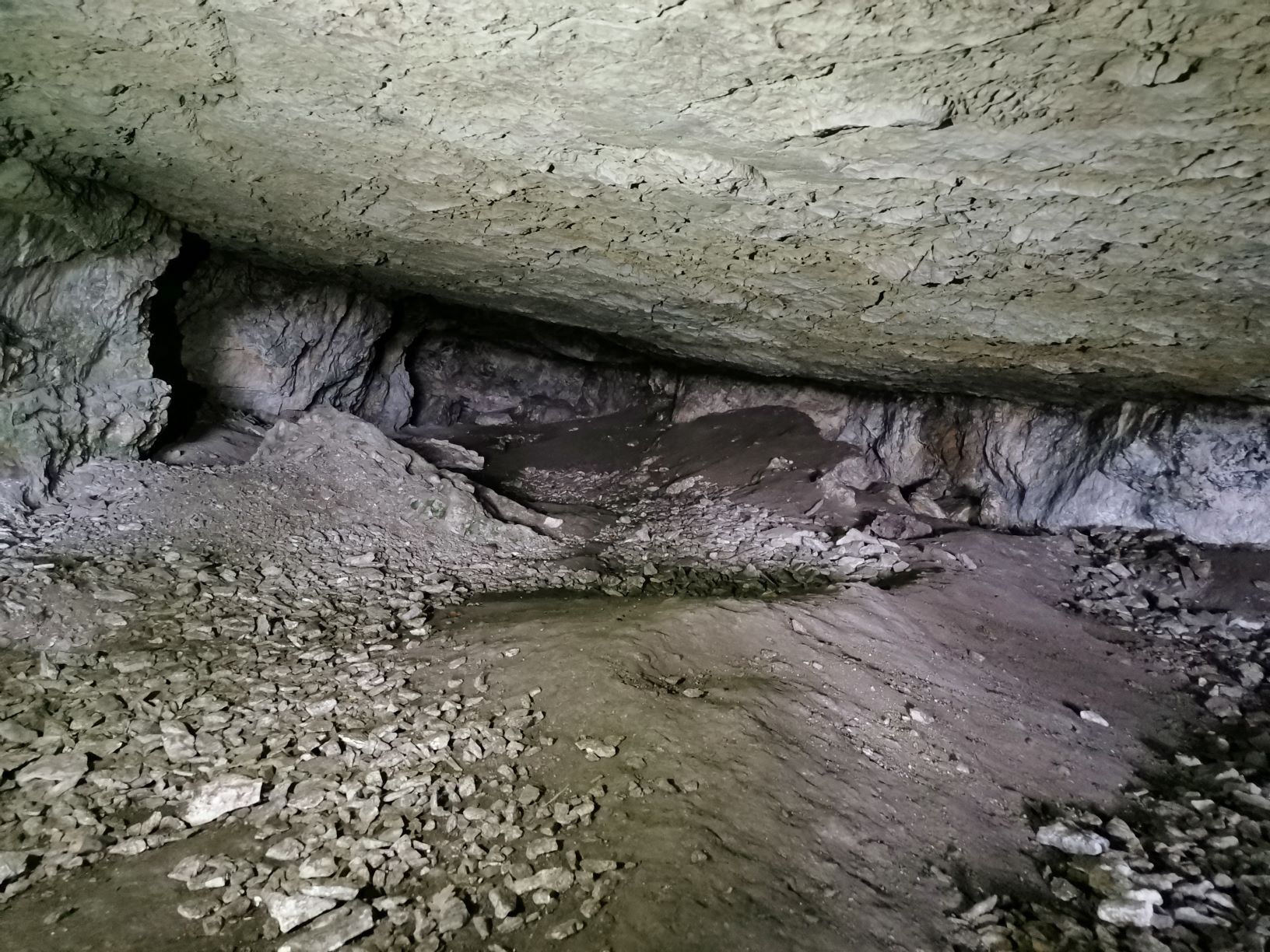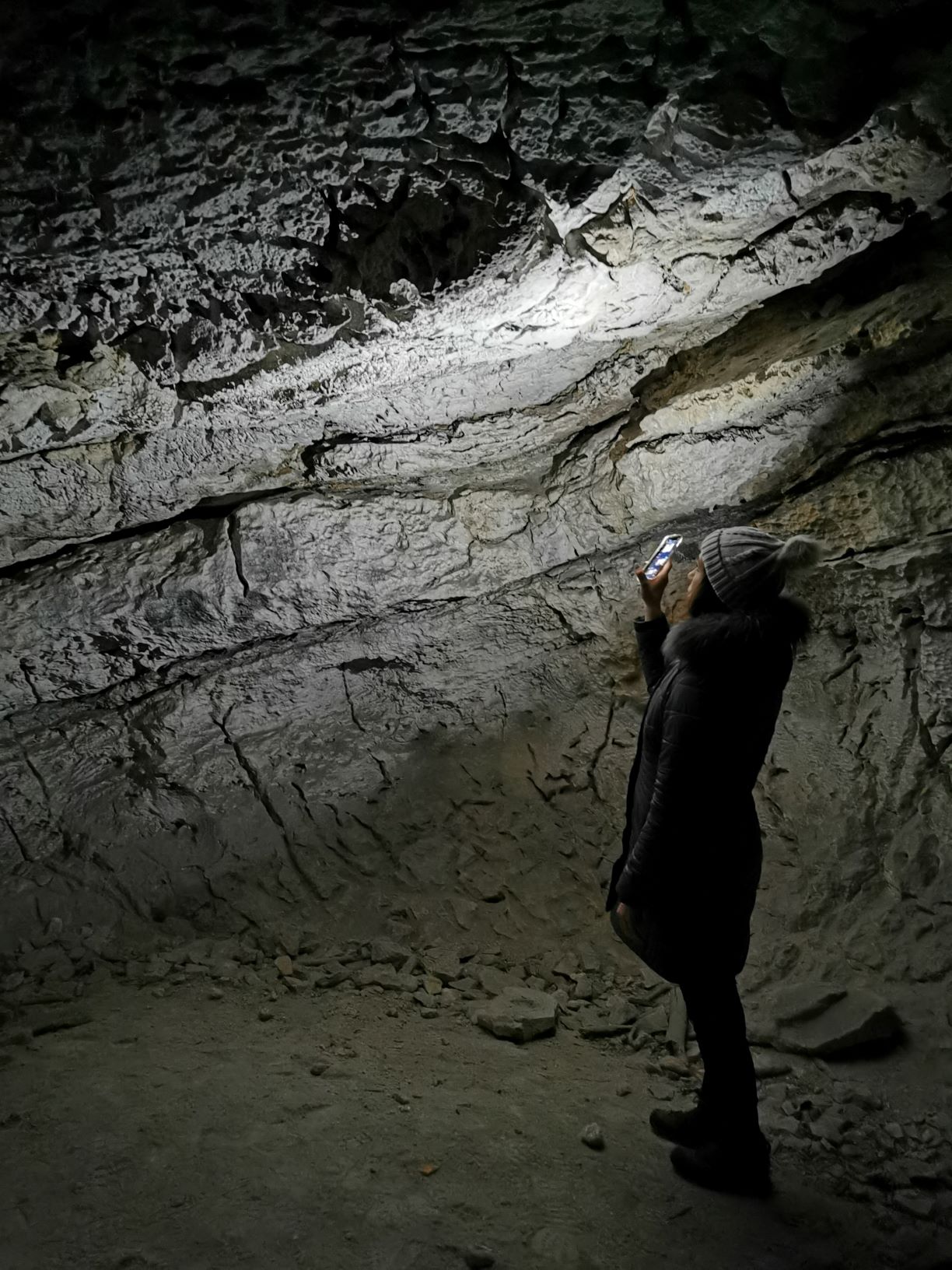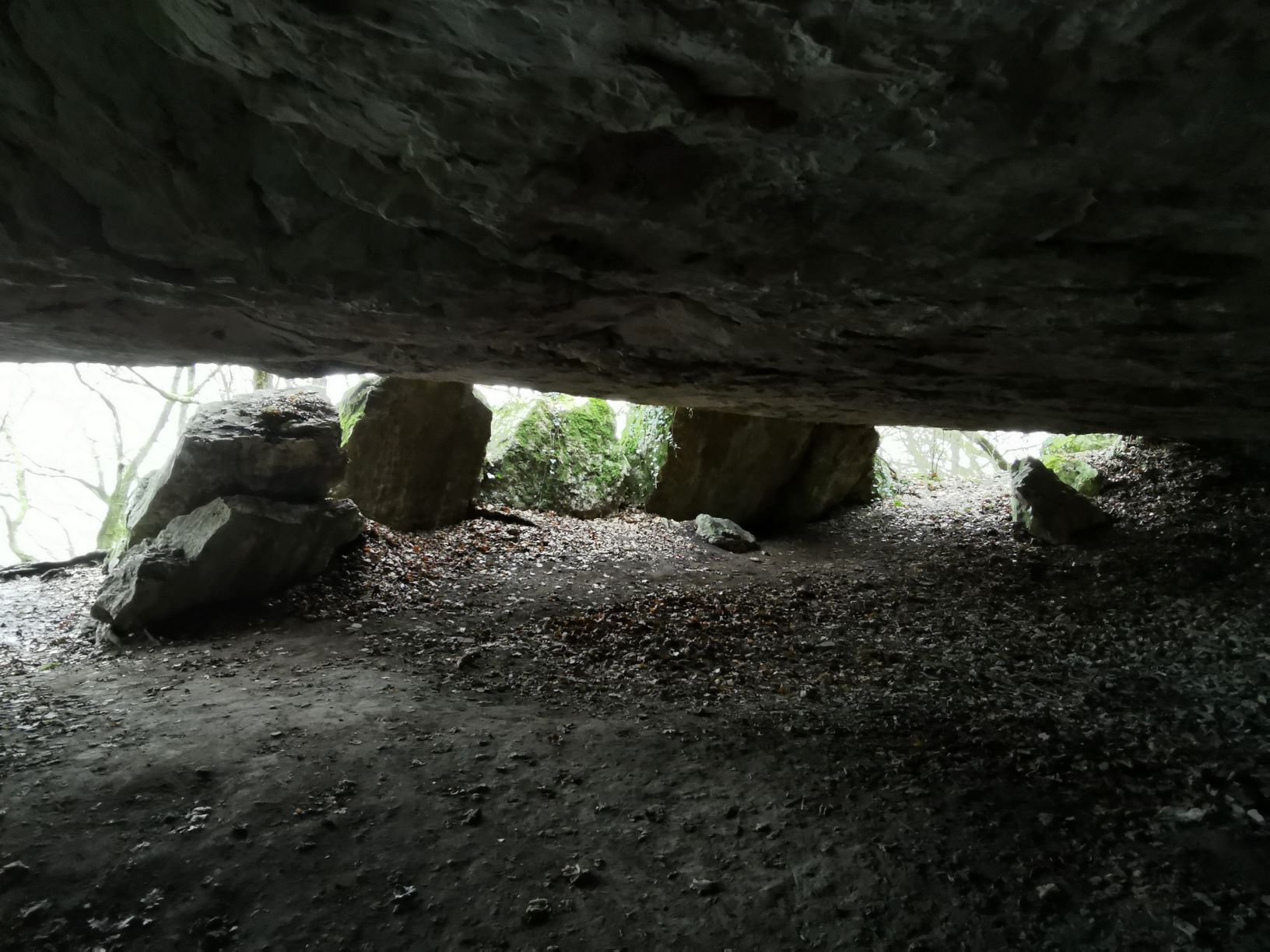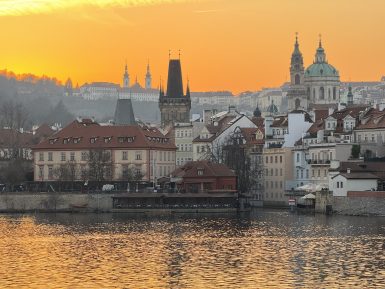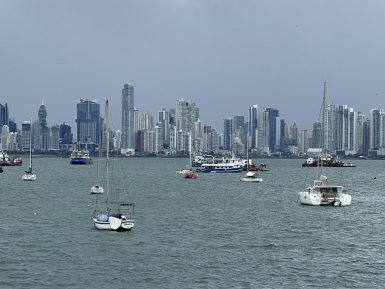This year’s winter is yet to come, as far as snow is concerned. However, despite the grey weather and cold, it is worth pulling on your hiking boots and spend as much time in nature as possible. Now, I have brought you five great places that offer meaningful relaxation and fun even when there is no bright sunshine. In addition, most of the places can be explored without a crowd, which is not insignificant when it comes to pandemic restrictions. So let’s go outside and explore Hungary’s less known places.
Marble search in the heart of Gerecse
Gerecse Mountain is mainly made of limestone and dolomite, which served as valuable building and ornamental stones since Roman times. The surroundings of Pisznice and Tardos stand out from the range of quarry mines because of the reddish “marble”. In fact, the stones are not real marble. The pink-reddish color was by iron and manganese oxide, which transformed the limestone during the formation of marine sediment. The red marble of Gerecse can be found in many iconic Hungarian buildings like Basilica of Esztergom, House of Parliament in Budapest, but also the Chain Bridge and the Tunnel among others.
Pisznice
The red stones can be seen in the most hand-held form in Pisznice, where a 3.8 km trail runs along the edge of the abandoned quarry. The steep and rocky rims were covered by mist when I was there, and I couldn’t find the way to the canyon. Presumably, I should have made a turn down at the quarry houses on the top.
Safety comes always first so I continued my journey to the Pisznice Cave instead. The cave enjoys increased protection due to its special formations (e.g. peastones, calcite excrements, and stalactite stones). It can only be visited with special permission beyond the door fenced by the iron grid.
Pusztamarót
In the area of quarry mines, there are two places that are worth visiting. One of them is Pusztamarót, which is home to a beautiful historical monument and commemorates the loss of Mohács battle. The Hungarian army flew against the Turks near Marót but they suddenly run into a bloody battle that lasted 3 days. 25,000 people were killed and thus the site is also called Human-Killing Valley by the locals. Stone sculptures carved by the artist György Kovács remind us the together with Károly Kisfaludy’s poem, called Mohács.
Tardos
The other place is way more cheerful and can be found on the border of Tardos, near the former quarry. On the special circular canopy trail, you should not expect great views, but crossing the 44-meter diameter halo can be a refreshing element of your hiking in Gerecse. If you’re looking for a panorama, you should go up to the edge of the Tardos quarry. When I was there, the landscape was shrouded in a thick snow curtain. I don’t regret it at all, because the snowy experience made hiking in Gerecse truly memorable.
A bejegyzés megtekintése az Instagramon
Treasures of Pilisszentkereszt
The 12 km long trail leads you through the most beautiful parts of Pilis, where you can enjoy magnificent experiences from huge cliff formations to the remains of a former rocket base to a wonderful lookout point. The initial section of the road from the Pilisszentkereszt is a little steep and slippery, but after 1.5 km your efforts will be rewarded with a wonderful rock gate.
Vaskapu-szikla
The limestone formation, known as the Iron Gate Rock (Vaskapu-szikla), can be the remnant of a cave of thermal origin, of which only two triumphal arches remained still today. Entering the 15-metre-wide and 9-meter-high gate, the limestone wall hides many smaller cavities and passages, but instead of caving, continue your journey through the smaller arch towards the limestone. After a short climb, the rest of the road turns into a winter fairy tale world, where I could not admire the spectacular frost formations created by the wind.
Leaving the Orosdy Meadow, the road continues towards the 756-meter-high Pilis Roof, where you pass a former army area. The huge concrete hangars were home to a rocket base station that protected the air space of Budapest in the 1980s. For me, they looked quite spooky and I didn’t get a closer look at them.
Boldog-Özséb lookout tower
The Pilis Roof features a 17-meter-high lookout tower, which was previously a geodesic tower, which was handed over in 2014. The spectacular “wooden roller” lookout is named after Boldog Özséb, the founding father of the Pauline order. He lived in this region as a hermit along with six of his companions from 1246 onwards. Although the dense fog from the tower prevented the view of the Dunazug Mountains and Pilis, the winter wonderland paid off everything.
The serpentine road leading down from the top leads into the Klastrom Fountain and you can have a rest here. After that with a few minutes’ walk, you will see the ruins of the Cistercian Abbey, founded in 1184. Admiring the huge pillars, you can only guess how huge the building once must have been. Though there isn’t much left of it today. The meadow, home to the former monastery, has a strange story. Queen Gertrudis, known from the drama Bánk Bán, was murdered by the disgruntled Hungarian overlords here in 1213. She was the wife of King Andrew and was buried here after her death.
Szentlélek
Bükk Mountain is an outstanding place when it comes to hiking. In autumn I showed you the most beautiful places around Répáshuta (read my blog post here) and no I discovered a new place, Bükkszentlélek, or Szenlélek. The hiking spot on the edge of the Bükk Plateau is worth visiting for two reasons. One is Látó Stones (Látó-kövek) at the bottom of the forest, which you can easily reach from the paved road on the blue horizontal line or blue cross line.
Látó-kövek
The 10-minute walk to the stones is an eye-catching walk with the tree of lovers intertwined with their trunks. But the most amazing site is the steep cliff, topped by a natural stone staircase. Climbing uphill may require some caution and attention, but while you’re there, you shouldn’t miss the top.
From the 735-meter-high stones, you can see the entire North Hungary and the Highlands, while in clear weather the Tatras marches appear on the horizon. This time I was lucky with the weather. In the north, next to Lázbérci water reservoir, I could see the snowy mountain peaks even with a naked eye too. If you continue walking on the road, you will soon get to Spring of Mary, where you can fill up your bottles with refreshing water.
Pauline monastery of Szentlélek
It worth visiting the ruins of the former Pauline monastery, which was left to us by the monks of the only one Hungarian order. The monastery was inhabited from 1240 onwards. Today the ruins in the depths of the forest are a wonderful sight. It’s an interesting fact, that based on the Gothic structure, researchers concluded that presumably, the same master builders raised the monastery as the (Diós)győr castle. .
The one-boat, long-sanctuary building is connected to the north by a sacristy. Today, the building is under monumental protection, but like the other forest Pauline monastery near Mályinka (I wrote about it here), this one would also deserve more attention and restoration
Mátra lookout towers
If you want winter magic, the most obvious place where you will find it is Kékestető. Obviously, because it is the highest point of Hungary (1014m). However, I don’t really like crowded places and Kékestető is definitely one of them. In autumn, I had the pleasure of admiring the view from the TV tower at Kékestető, and even had a coffee at the highest point of Hungary, so this time I headed rather to other lookout towers.
A bejegyzés megtekintése az Instagramon
Galyatető
The lookout tower, formerly known as Peter-hegyese, is now standing at the top of the 960-meter mountain. It was built from andesite stones in 1934 and received an extra 10-meter height in 2014. From the reborn tower, you can admire a 360-degree panorama and the High Mátra, including the peak of Kékestető, rising above the clouds.
The 360-degree panorama is indeed a breathtaking sight, although climbing this lookout meant some challenge for me. The stairs are transparent and although the staircase is protected by a secure wire net, the up and down road are not easy for someone who is afraid of heights. But the sight of mountains in cotton candy clouds made up for everything. The entry to the lookout tower is 200 HUF.
Kozmáry – Hanák Kolos – Muzsla towers
The 6.5 km trail affects three lookout towers, of which the Kozmáry tower has become a symbol of the Mátra. The stone lookout was built in 1900 and stands at an altitude of more than 370 m on Dobogó-kő Mountain. Although the weather was not clear to the view this time, the fortified tower still provided an impressive view. Just like its two little brothers, the Hanák-Kolos and Muzsla lookouts, which I also visited in the thick of the Mátra forests along the yellow horizontal line.
The road back to Mátrafüred on the banks of the Somor Stream is really picturesque, as the forest chapel of Máriácska. But the real surprise awaited me at the end of the road. In the forest, I ran into a real truffle hunter, and I even saw a successful mushroom hunting.
Epöl
Epöl (not Apple), less than an hour drive from Budapest, has already been a populated settlement before the Hungarian Conquest. Today, the village of fewer than 600 people is home to the lesser-known rock island of Eastern Gerecse, known as the Epöl Cliffs.
Epöl Cliffs
Climbing up the snow-white dolomite rocks is an easy program with children too. You can even drive with a 4×4 car to the top, but I rather chose to walk on two legs instead. With a 30-minute walk you arrive at the cliff top and you feel like being in the middle of nowhere.
I felt like I am in a scene in Wild West, where only the wind whistles to the delight of paragliders flying up from Palkó Hill on the opposite side.
Bajnai Old Cave (Bajnai öreg-lyuk)
It is also worth climbing the Őr Hill opposite the Epöl Cliffs, which is the easiest way to do it on the green triangle road from the border of the village. The mountain hides an exciting cave to explore. Behind the entrance, a spacious corridor leads to the interior of the 70-meter-long cavity, to the bottom point of which you can comfortably walk in. On the way, it is worth observing the calcite formations on the ceiling, which were dissolved by thermal waters coming up from below.
During excavations, prehistoric and Roman pottery remains were found in this cave, as well as bones from various bat species. At the right hand of the cave, I saw many bats sleeping upside down. Please do not take any flash photos of them in the winter season and do not disturb their sleep. Like caves, the bats are also protected in Hungary, so take care of them.


